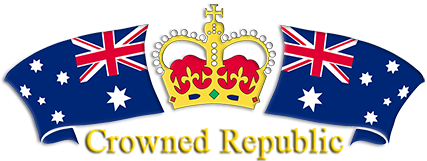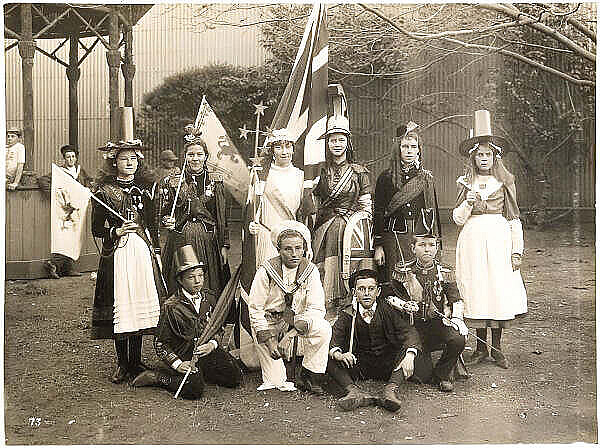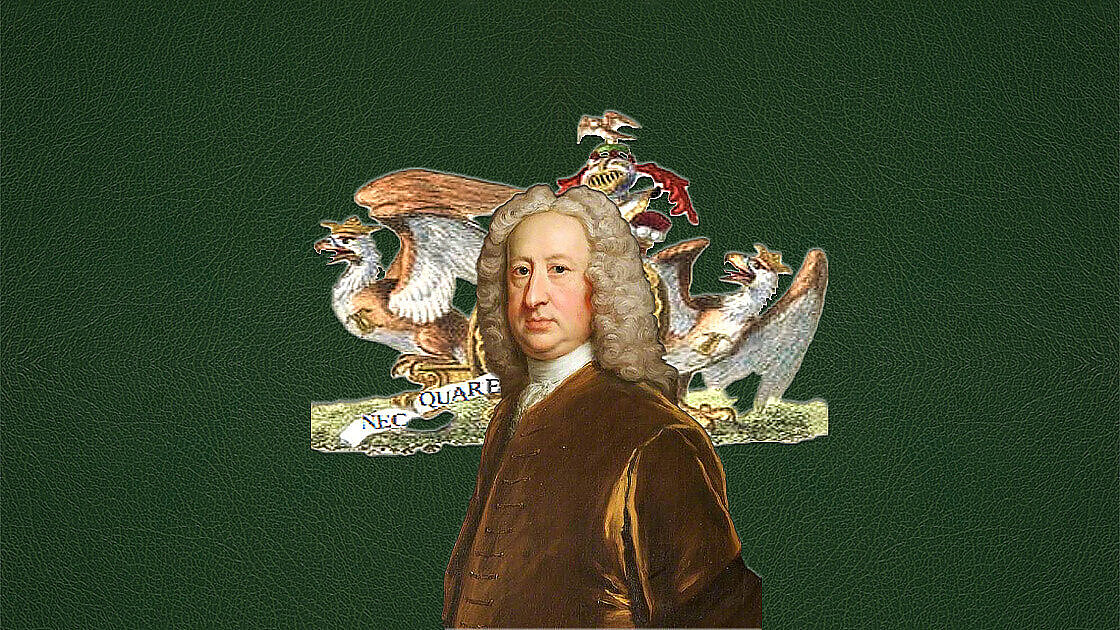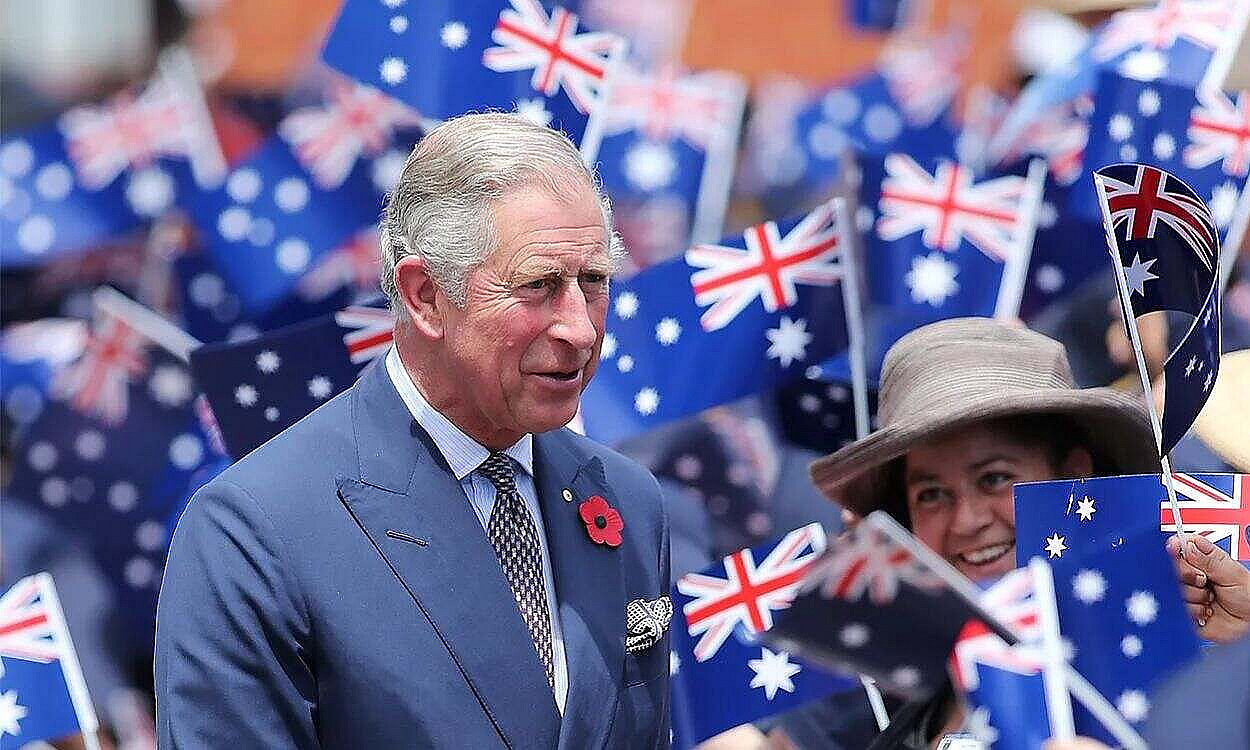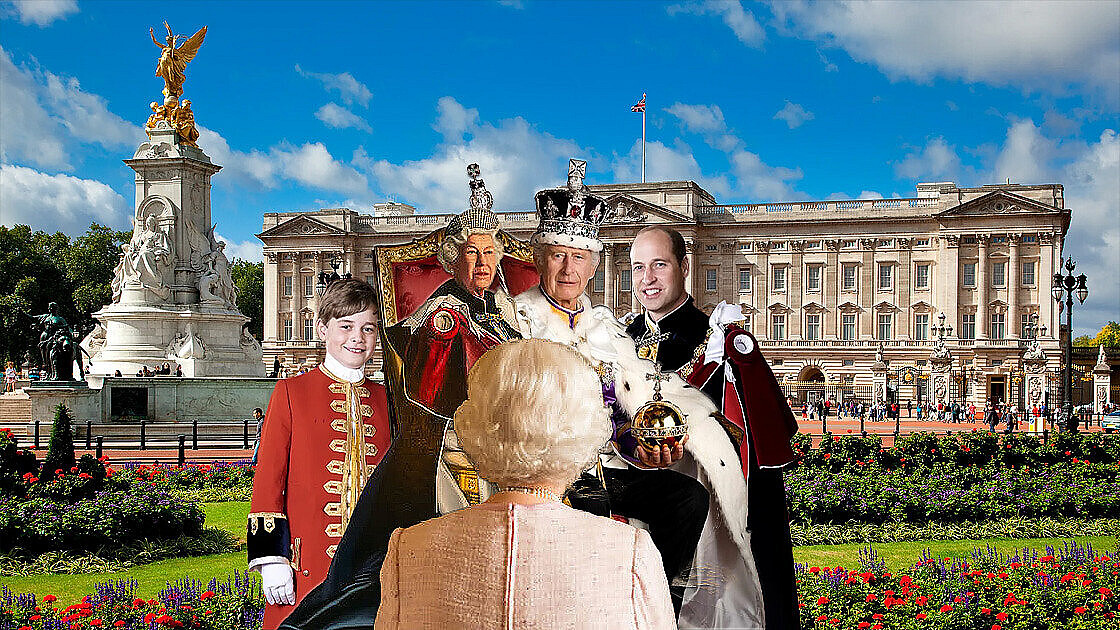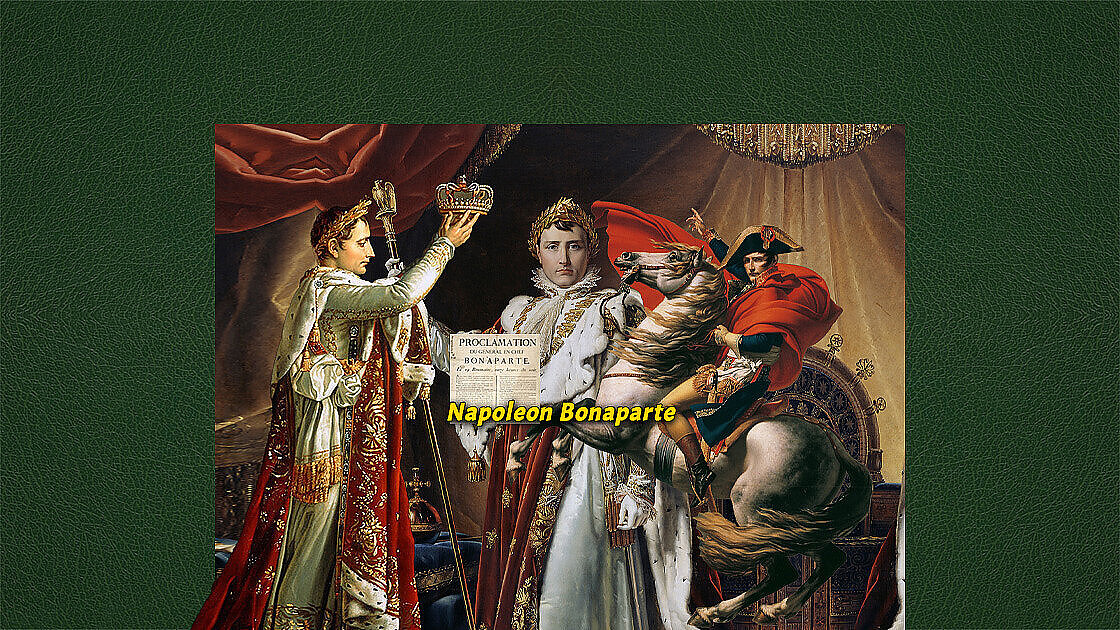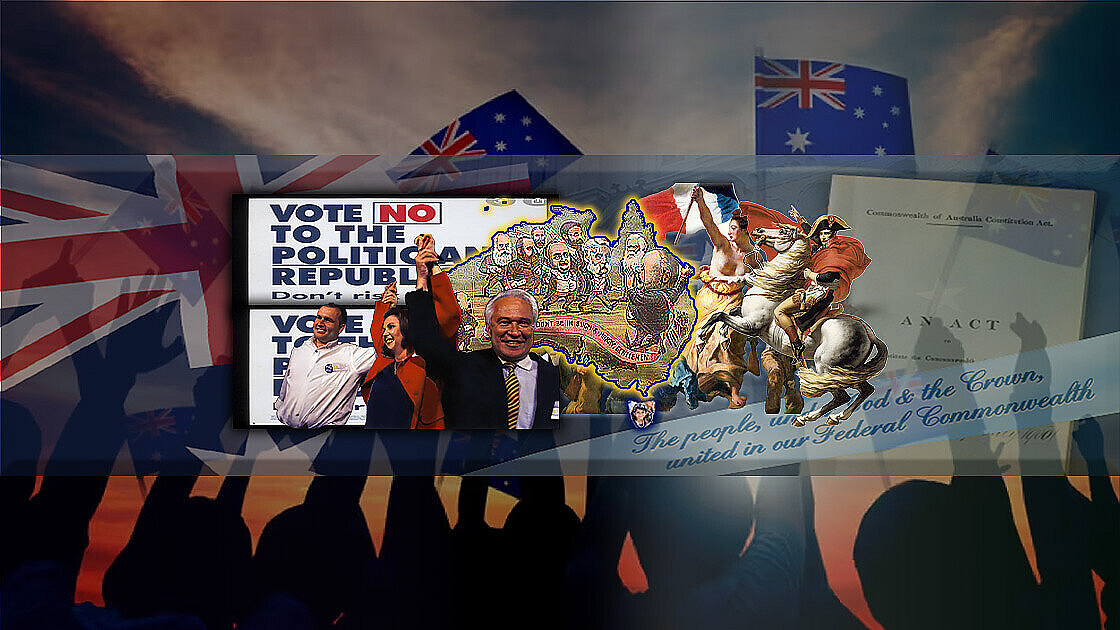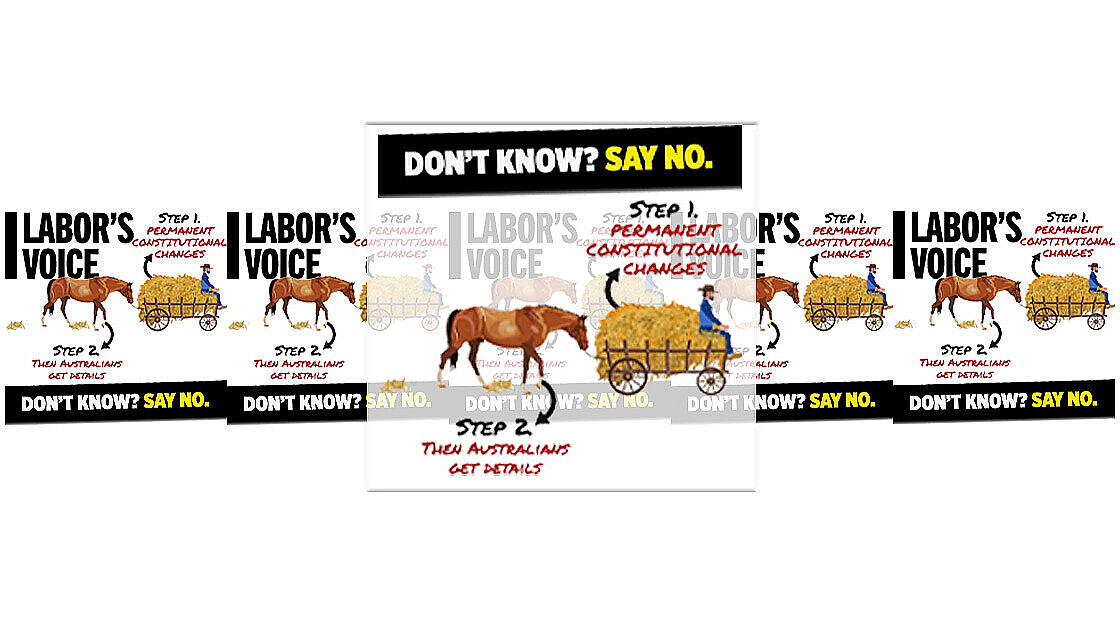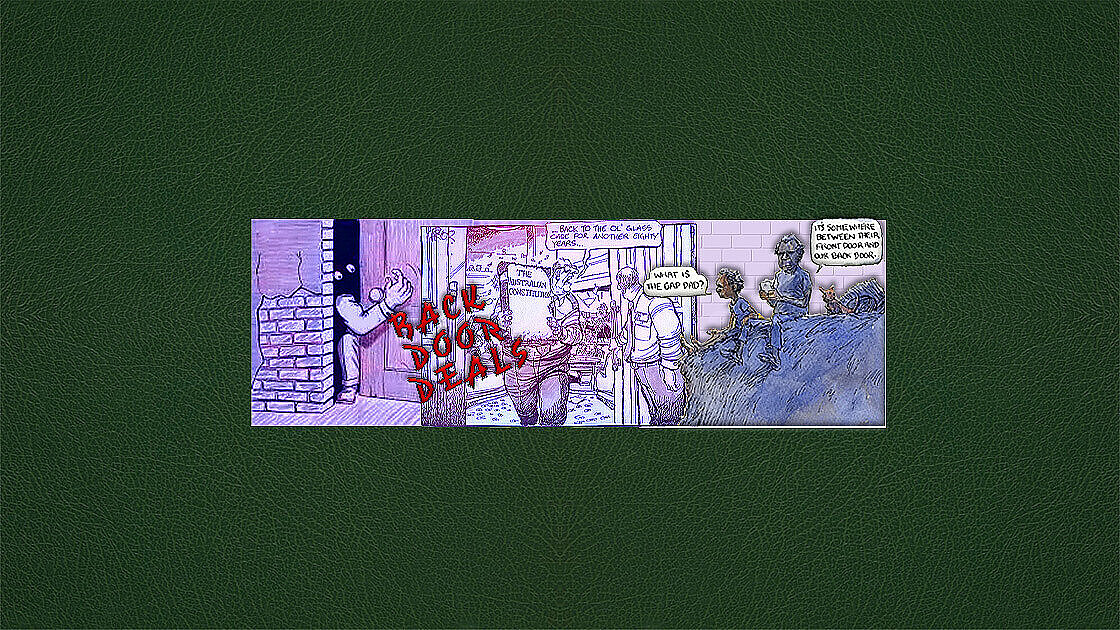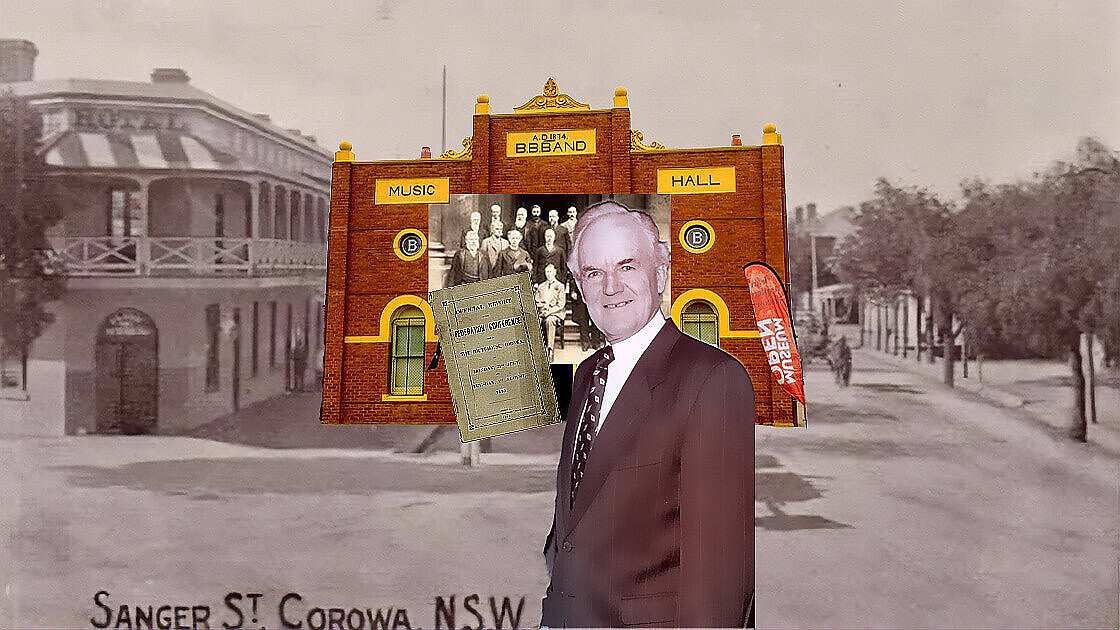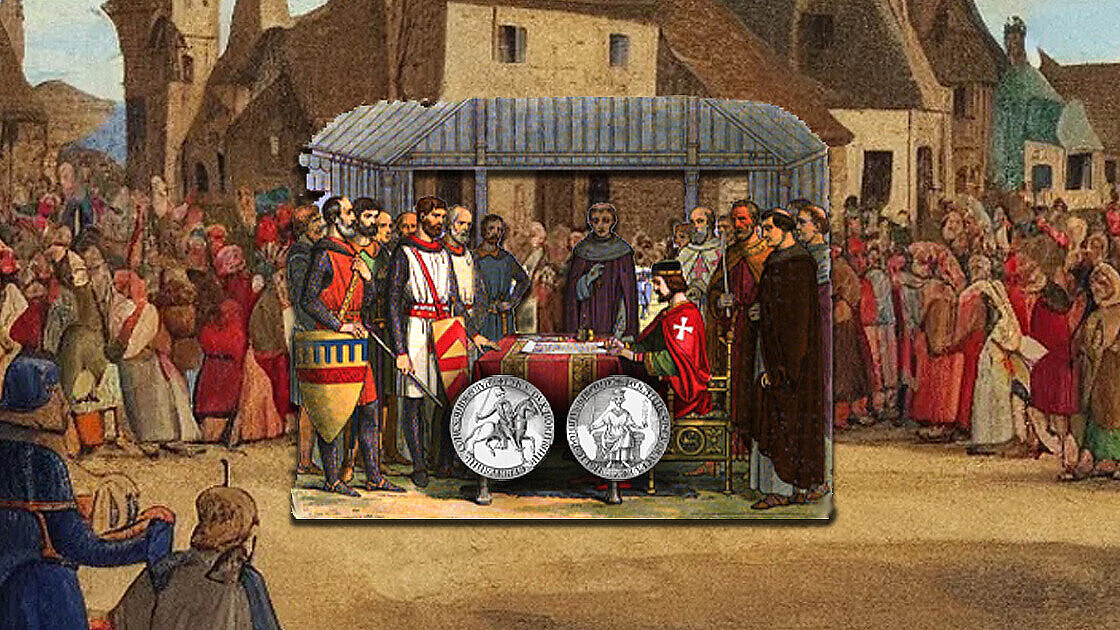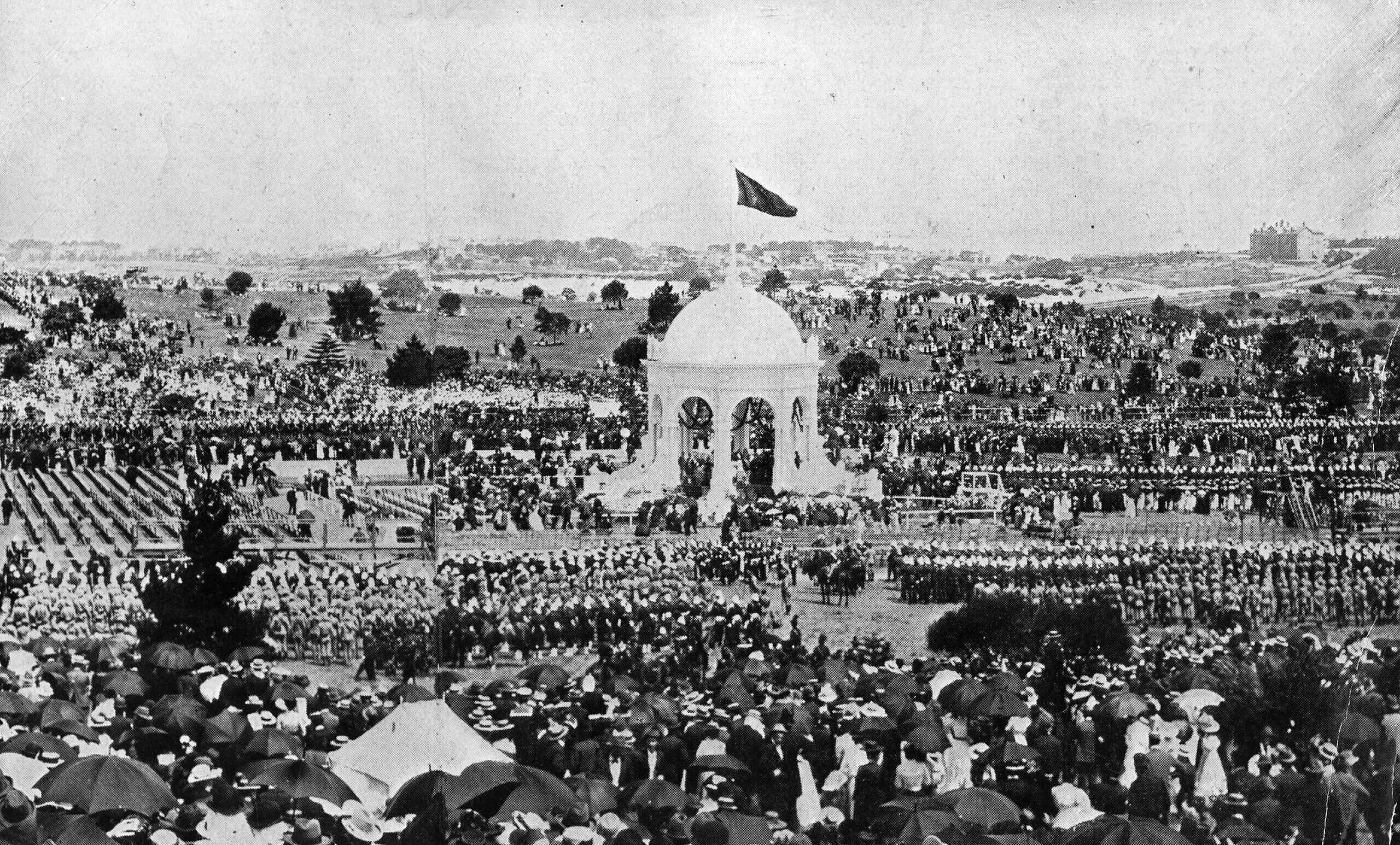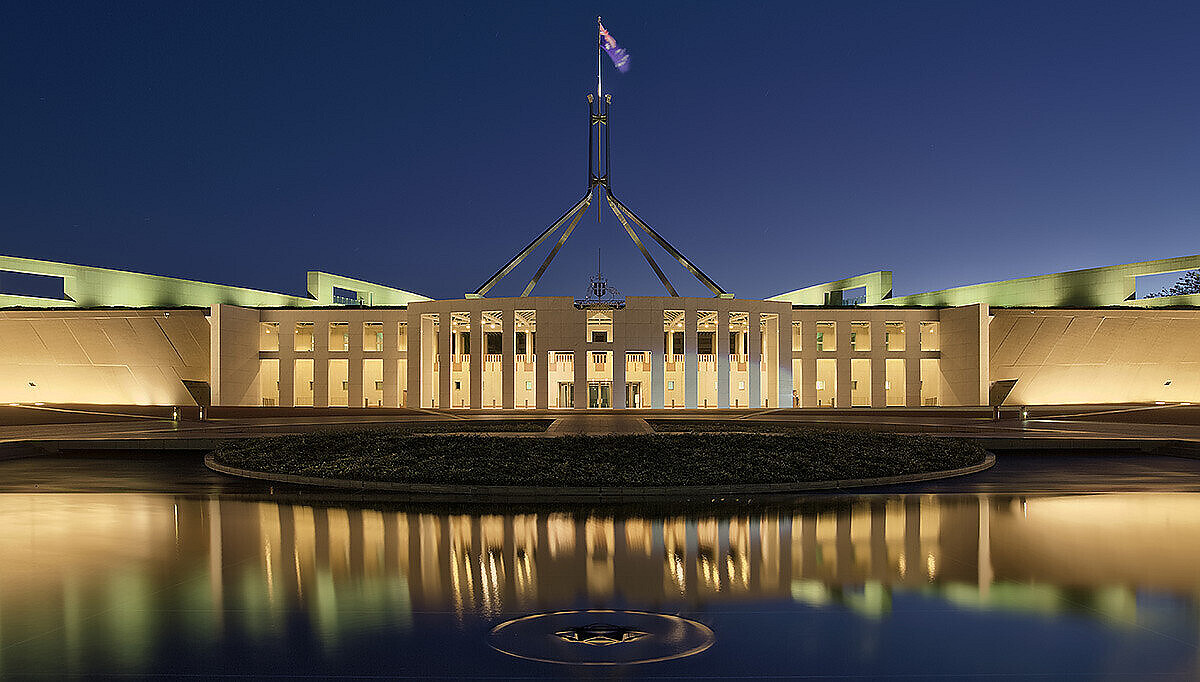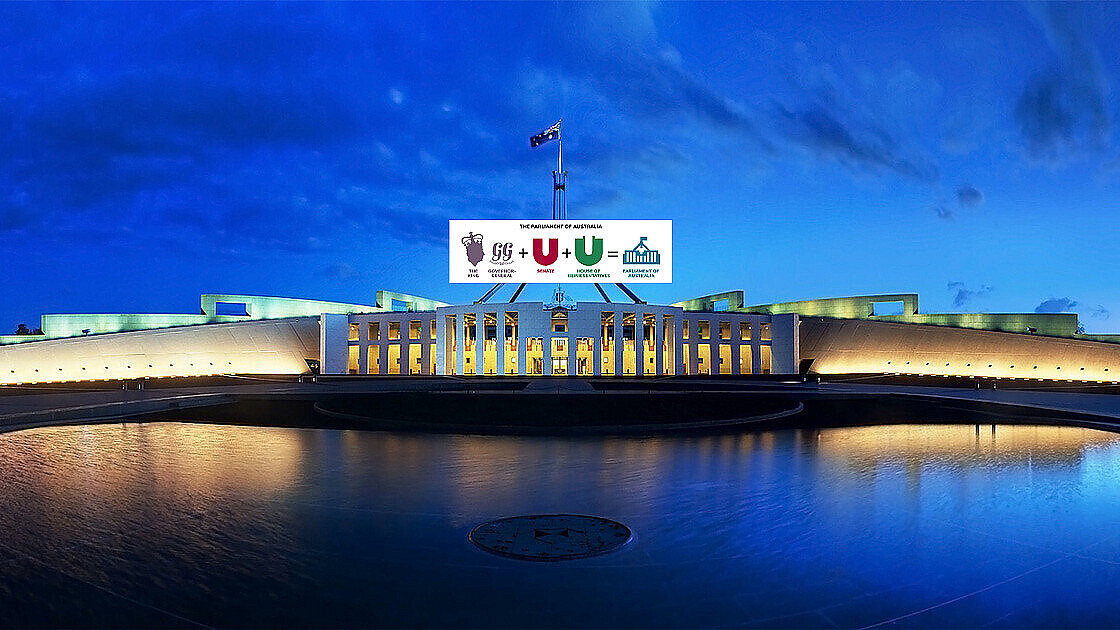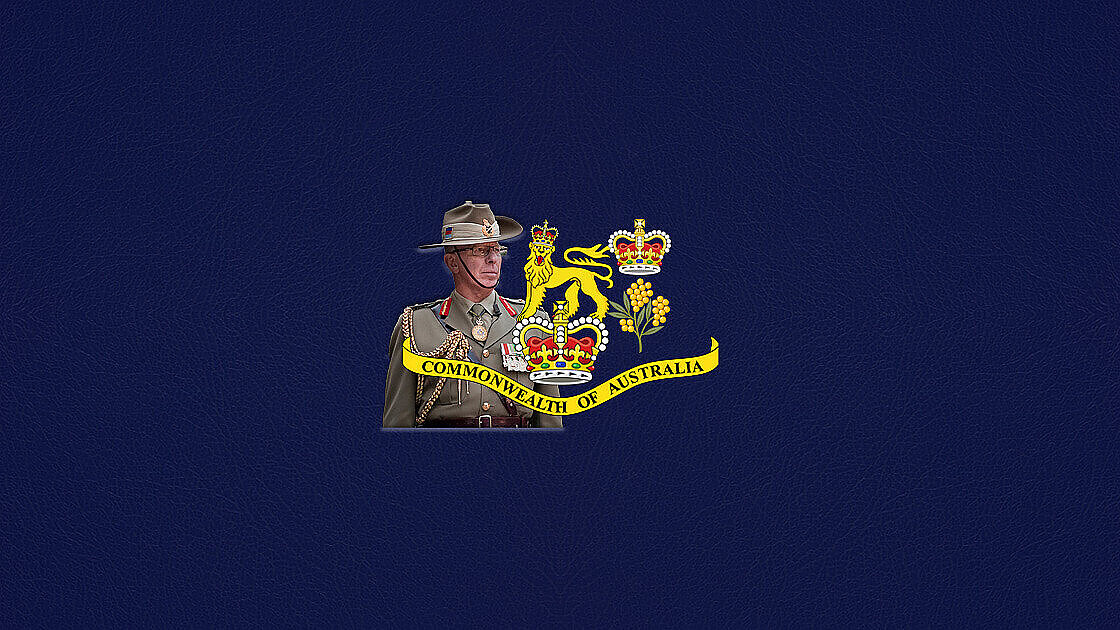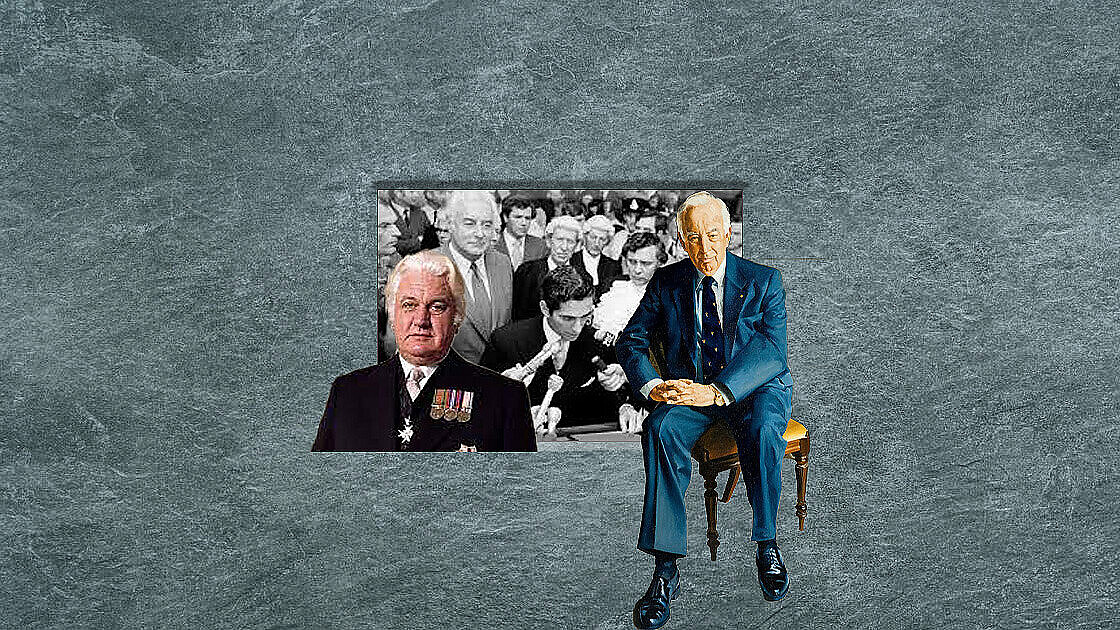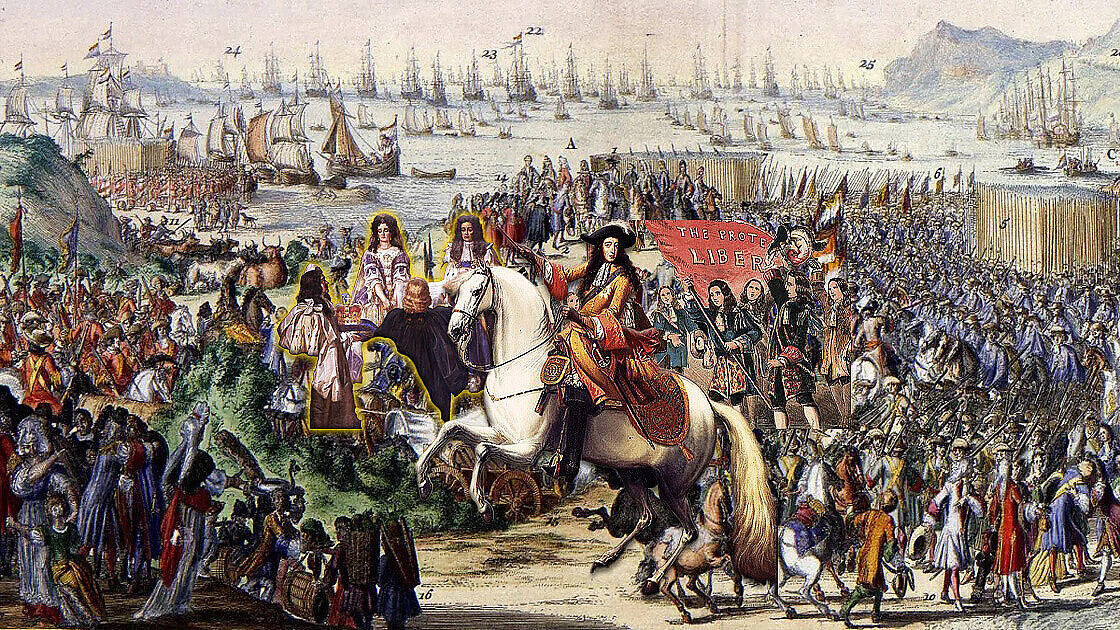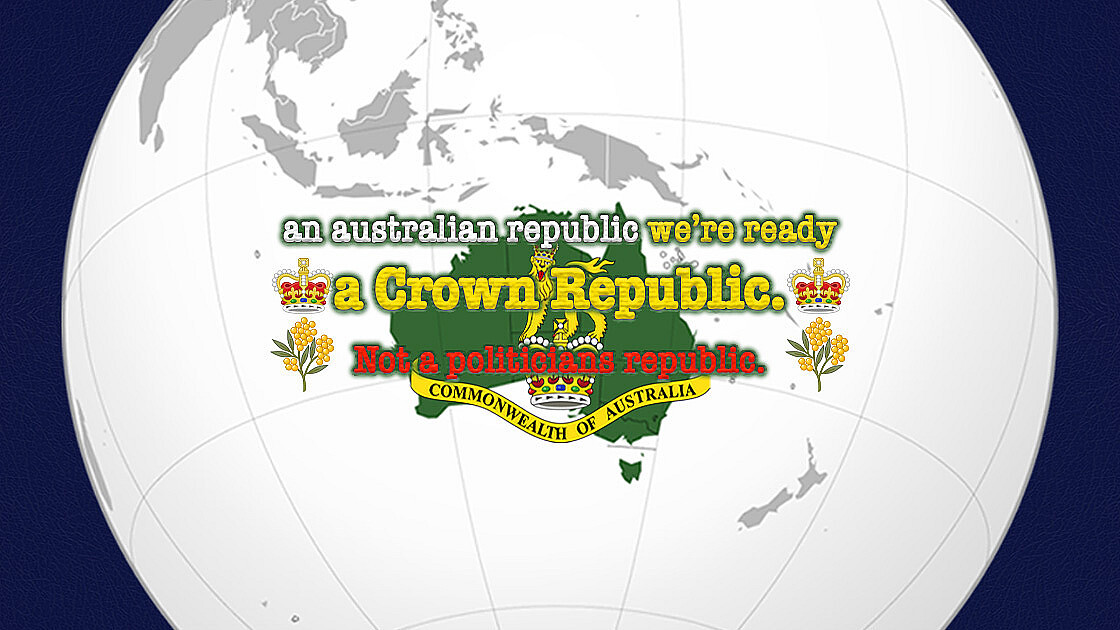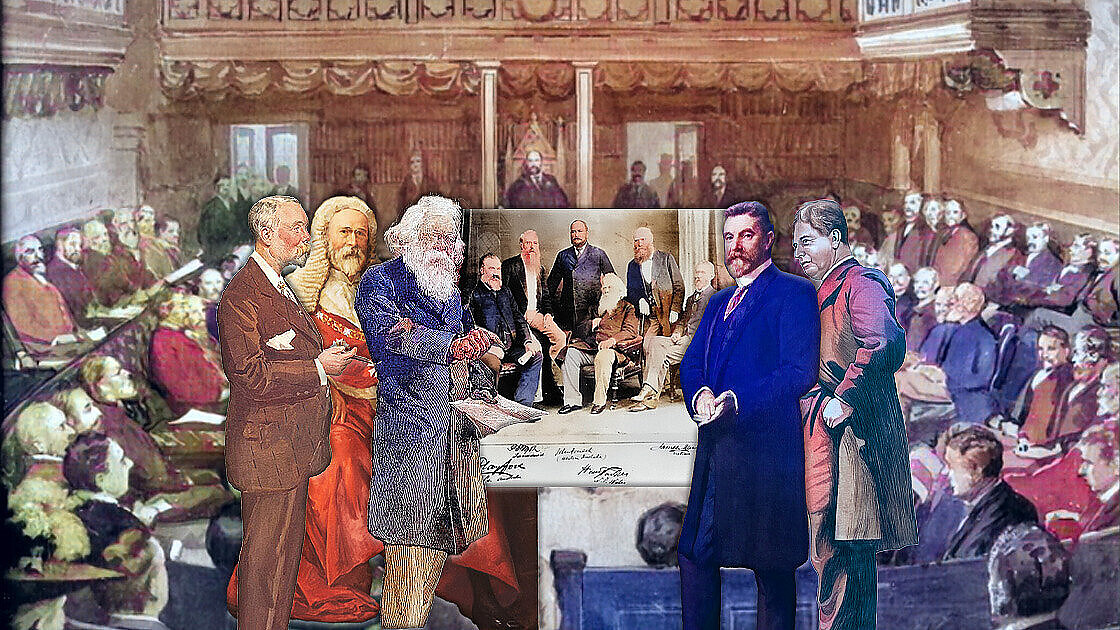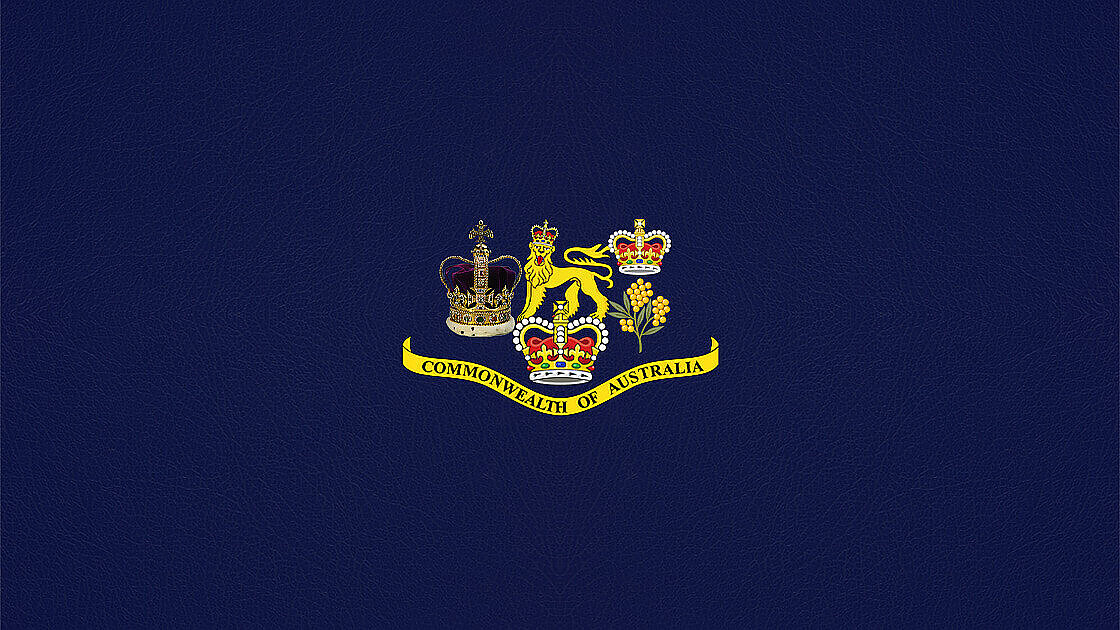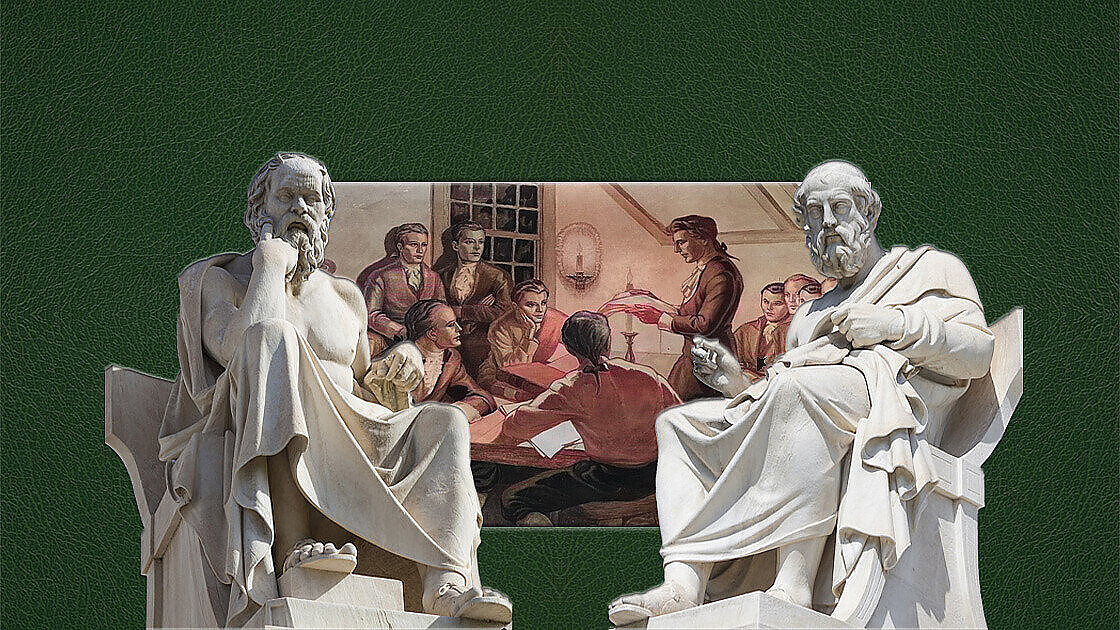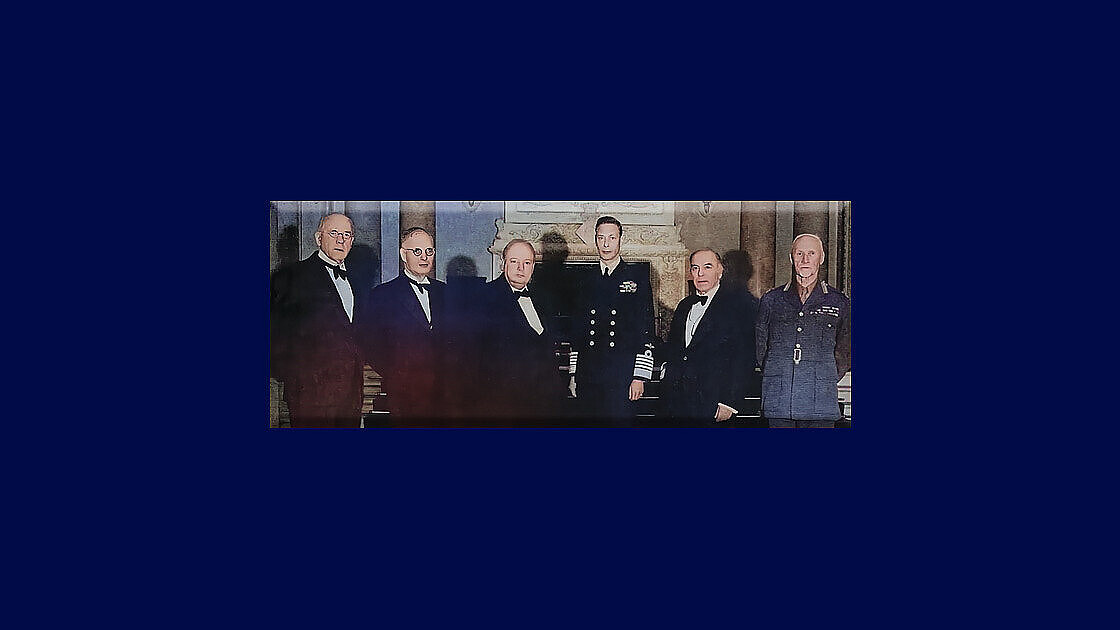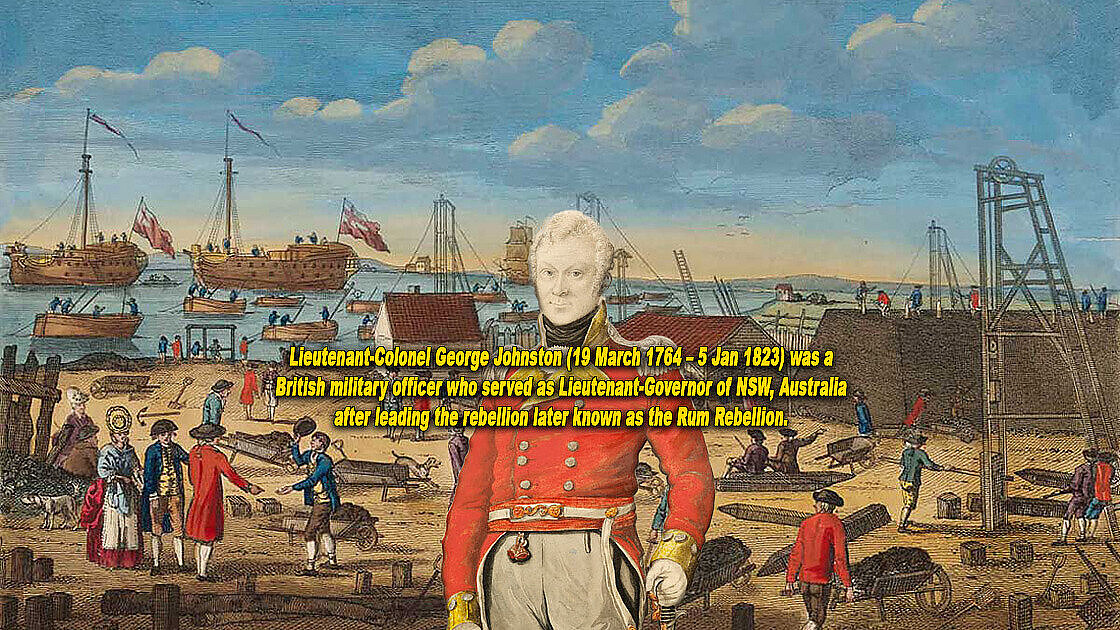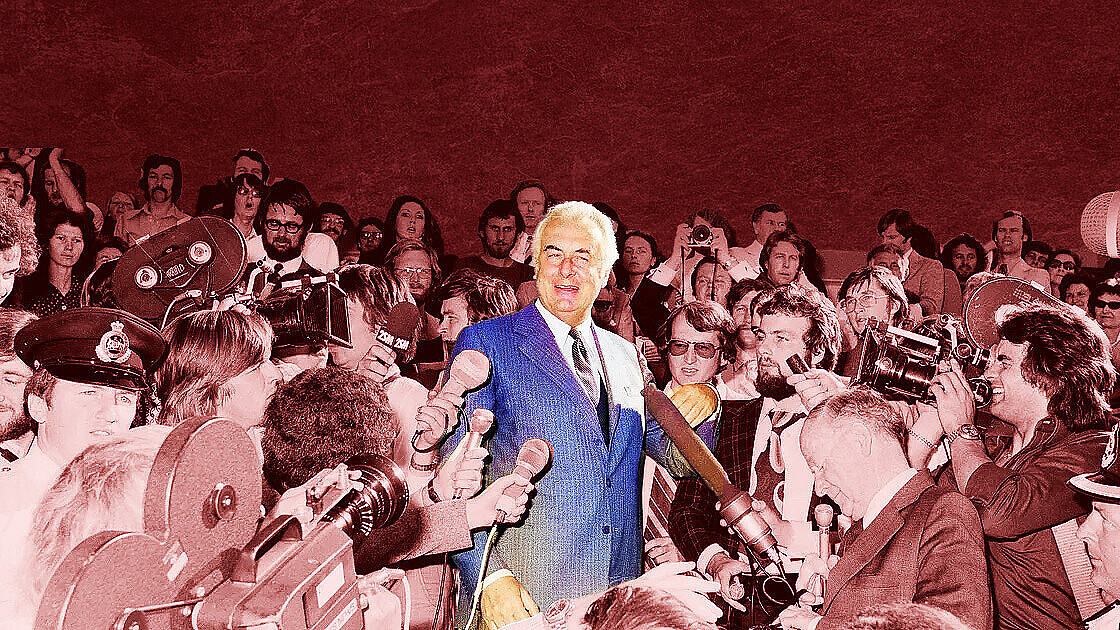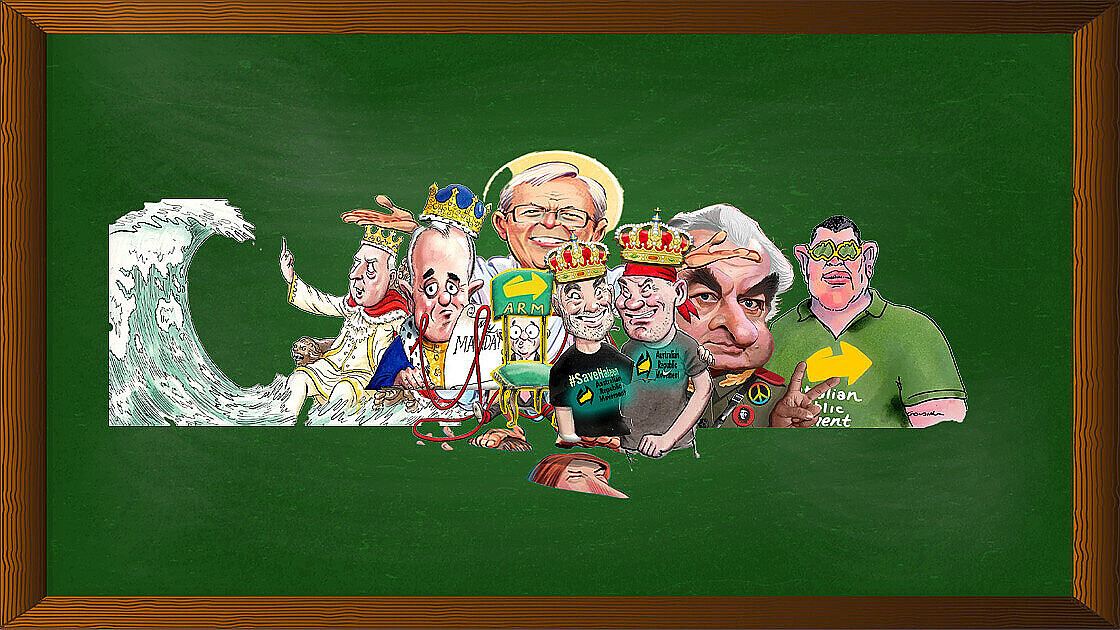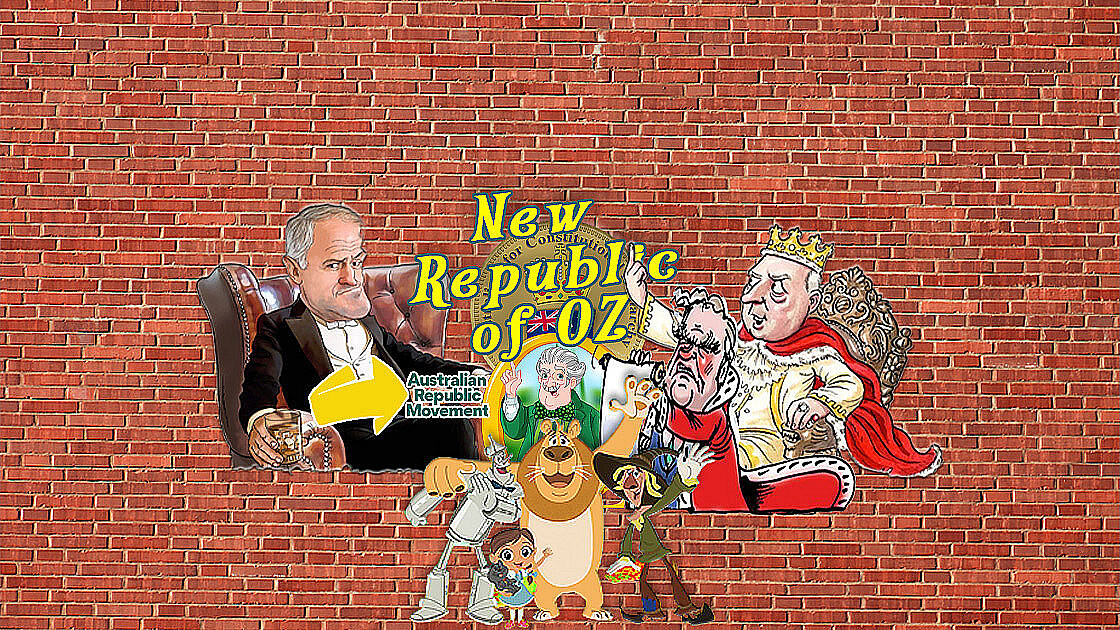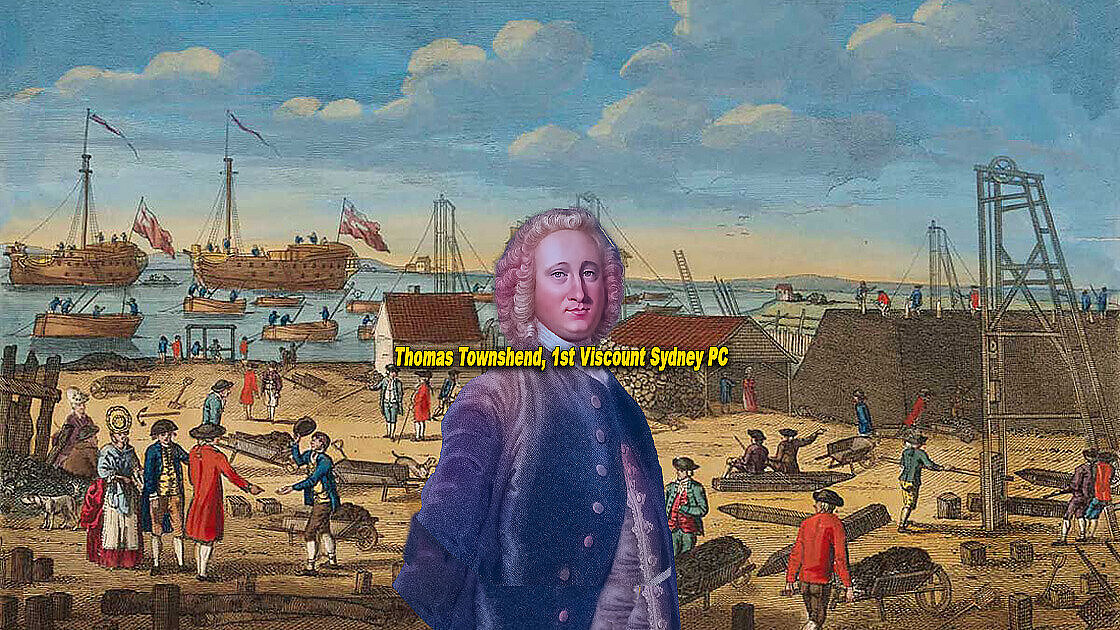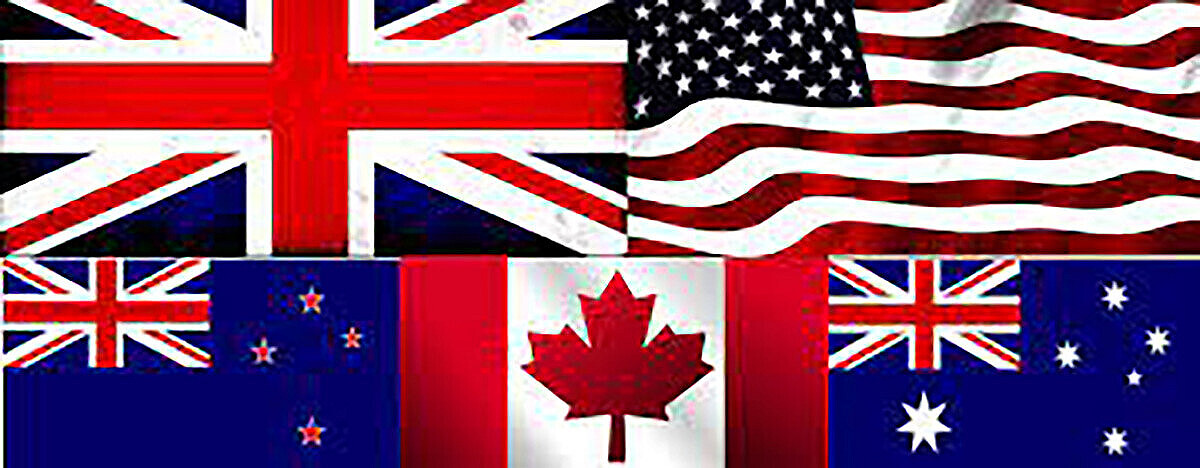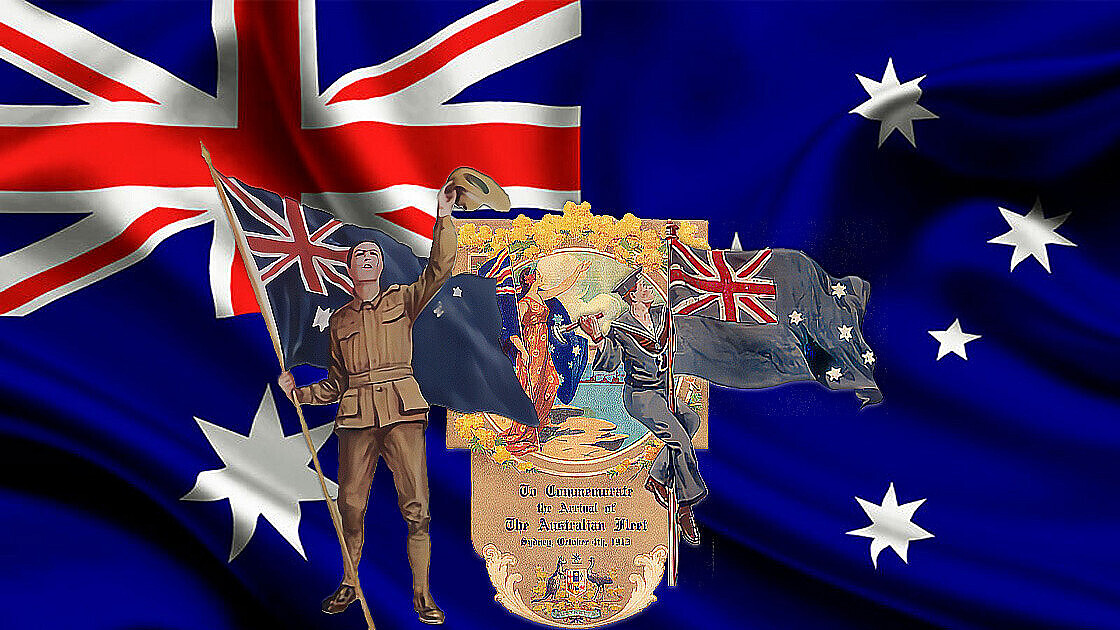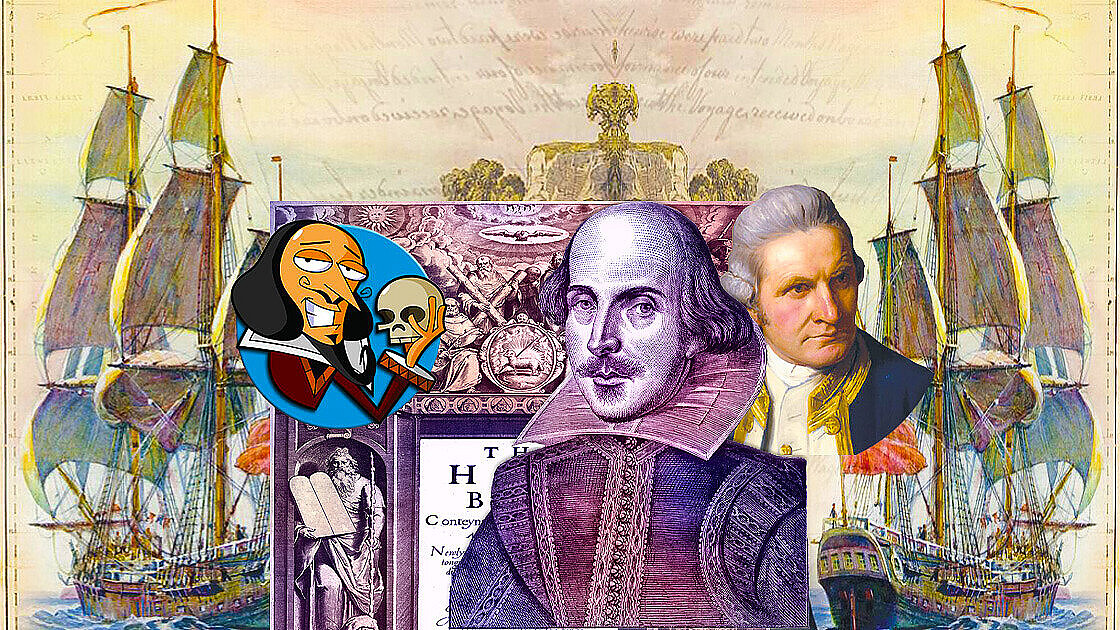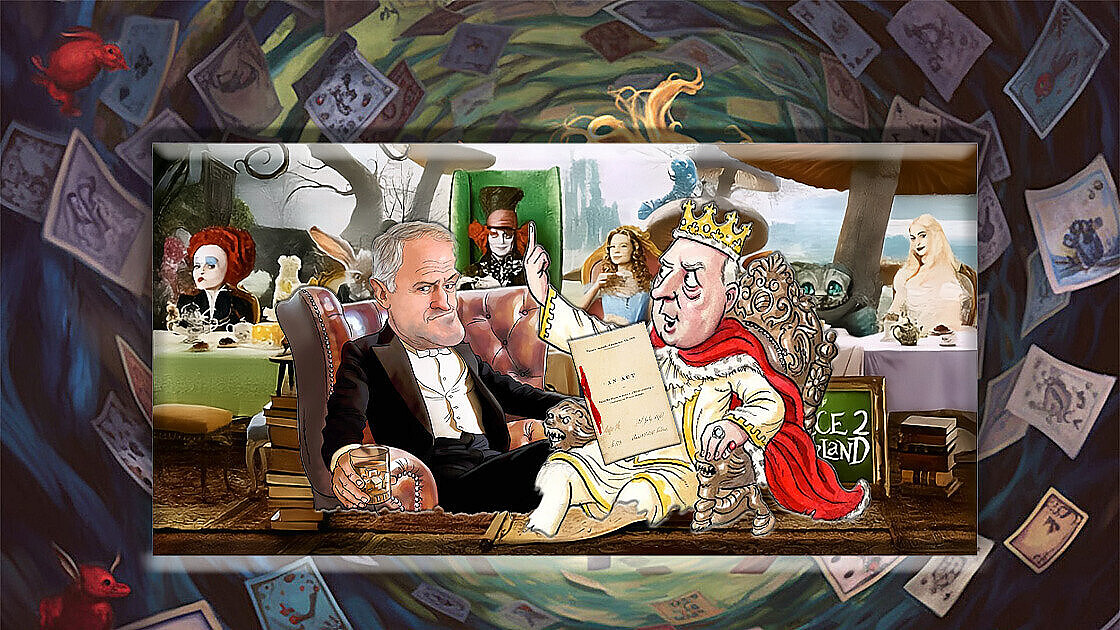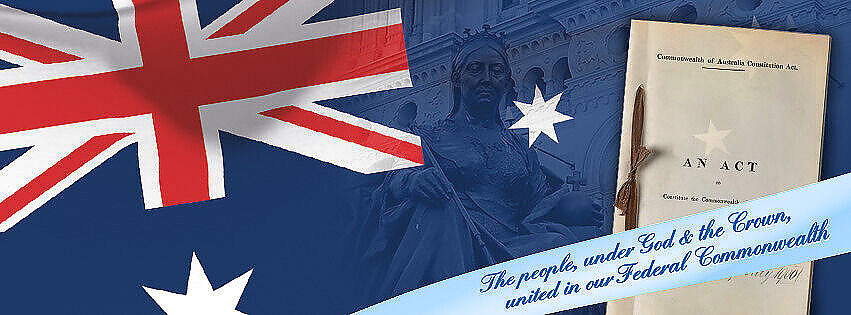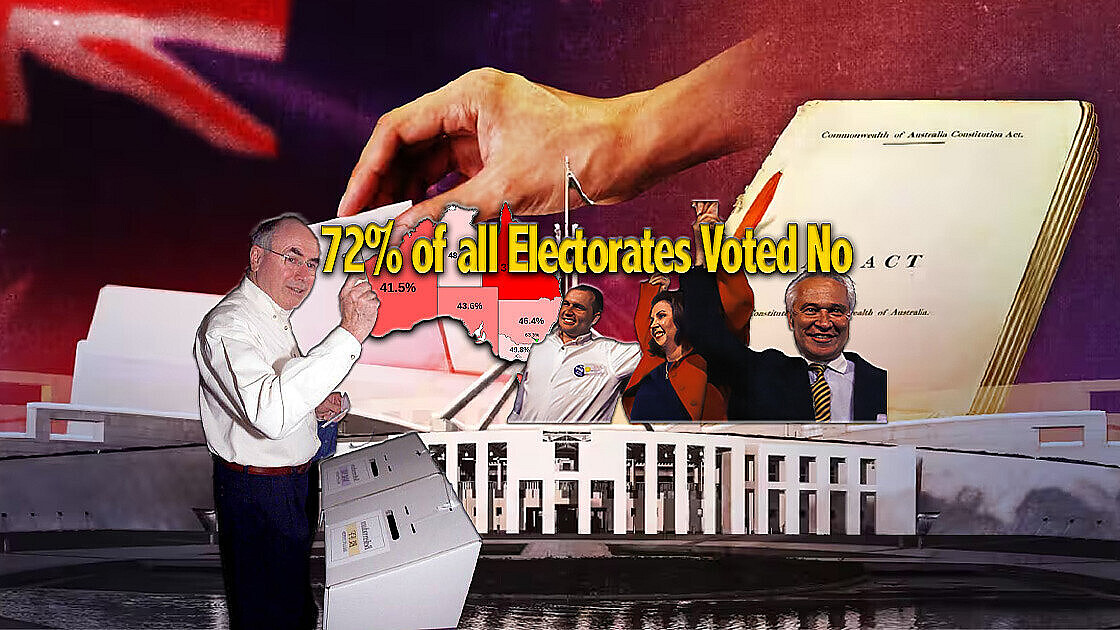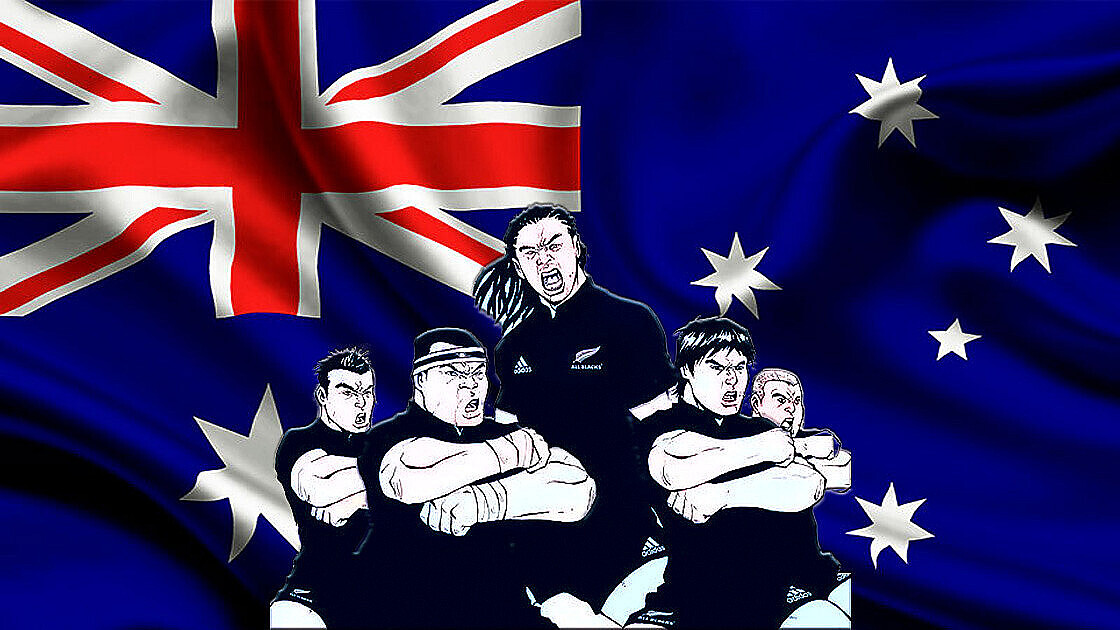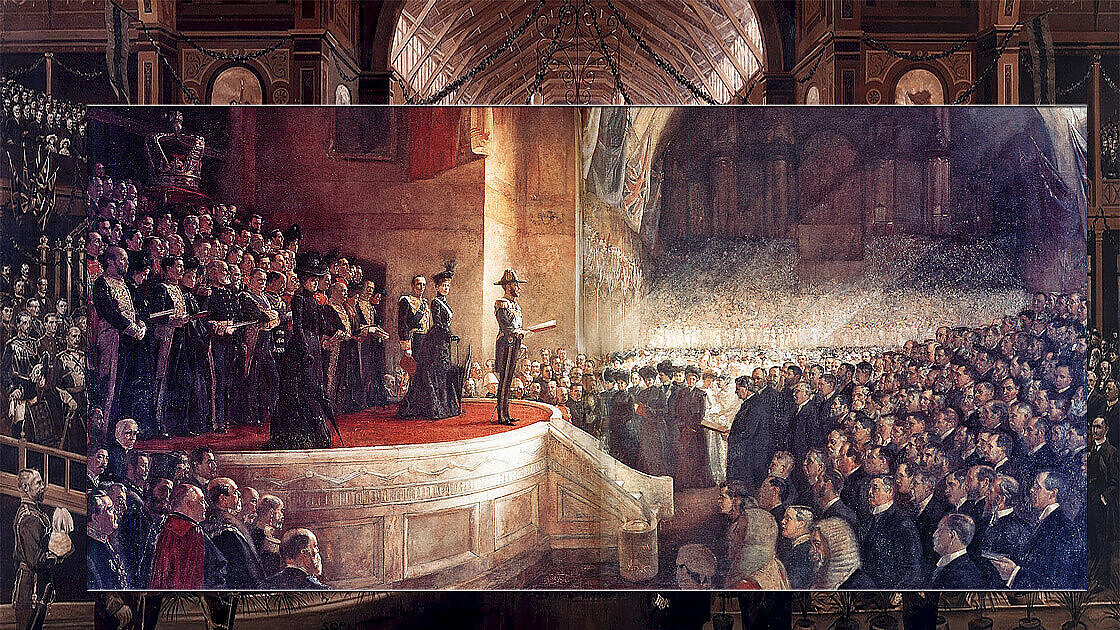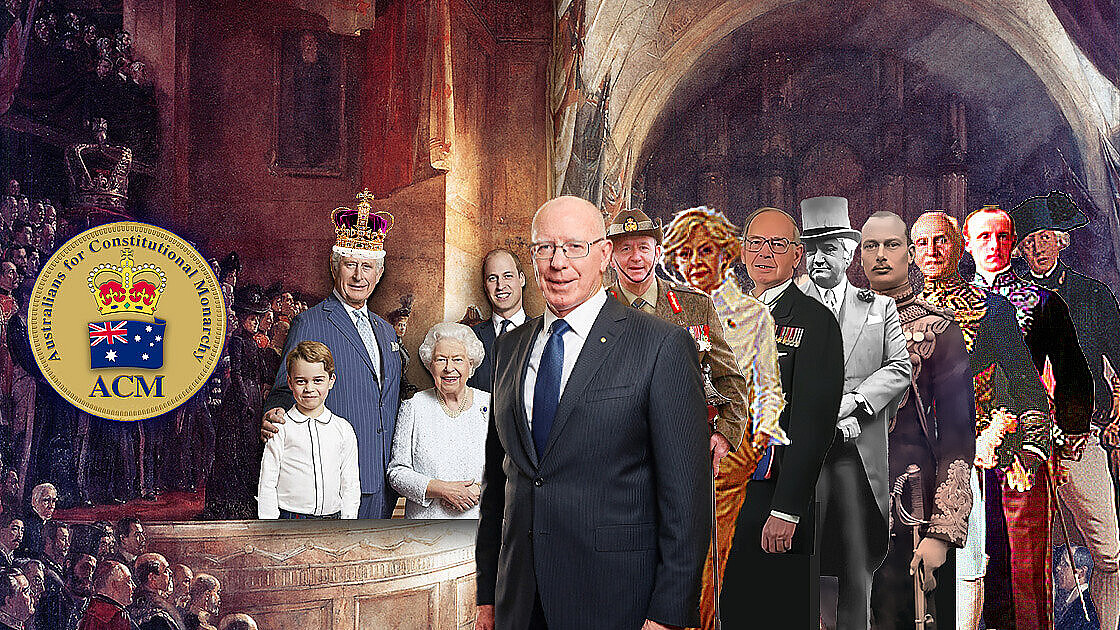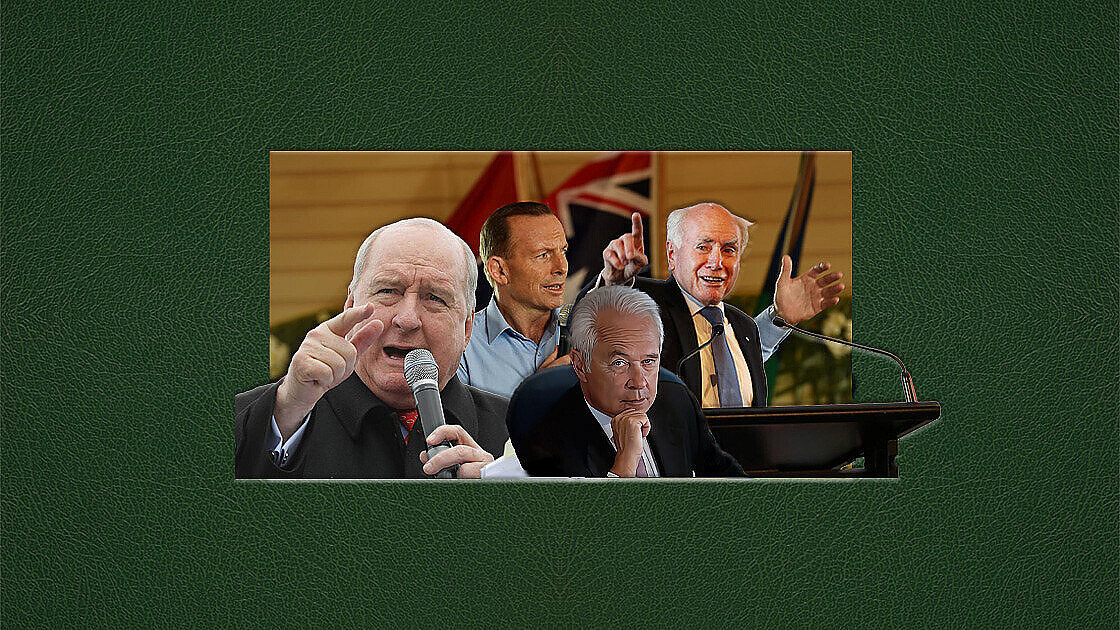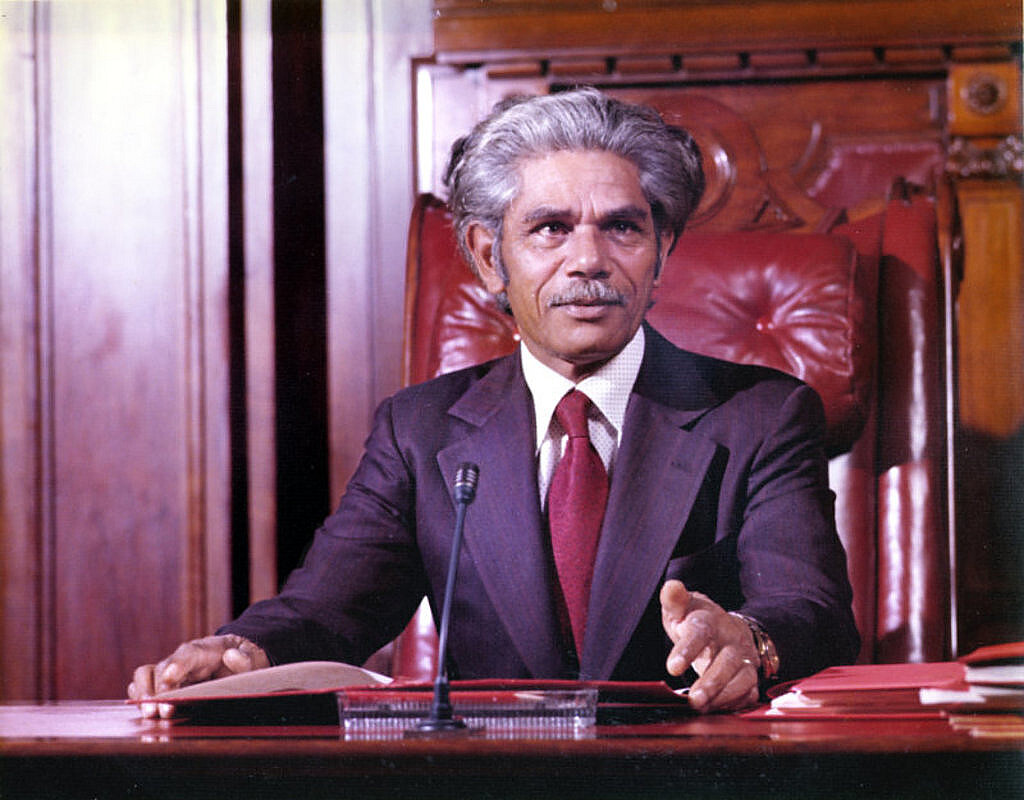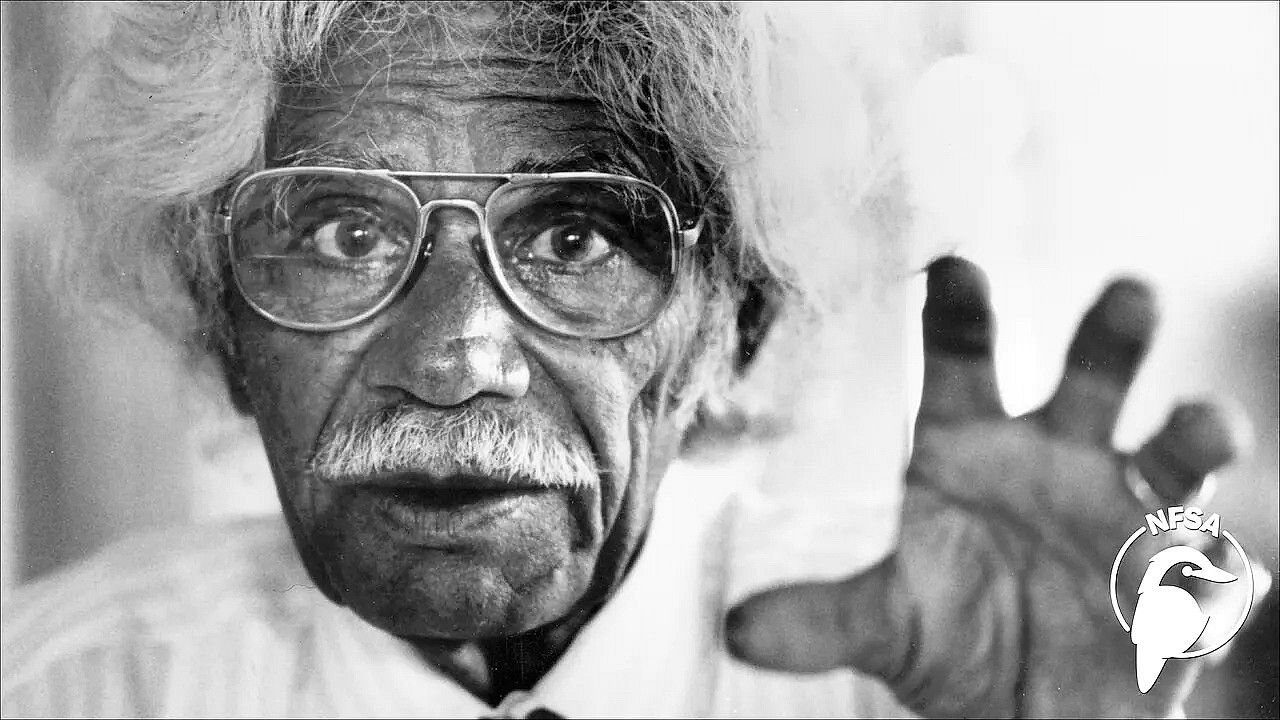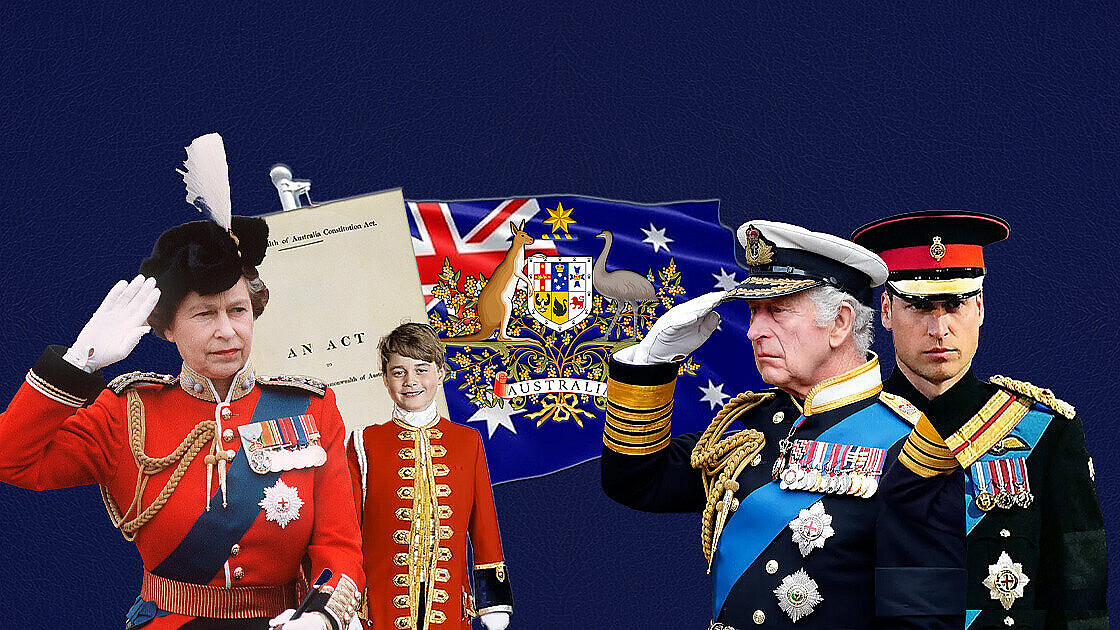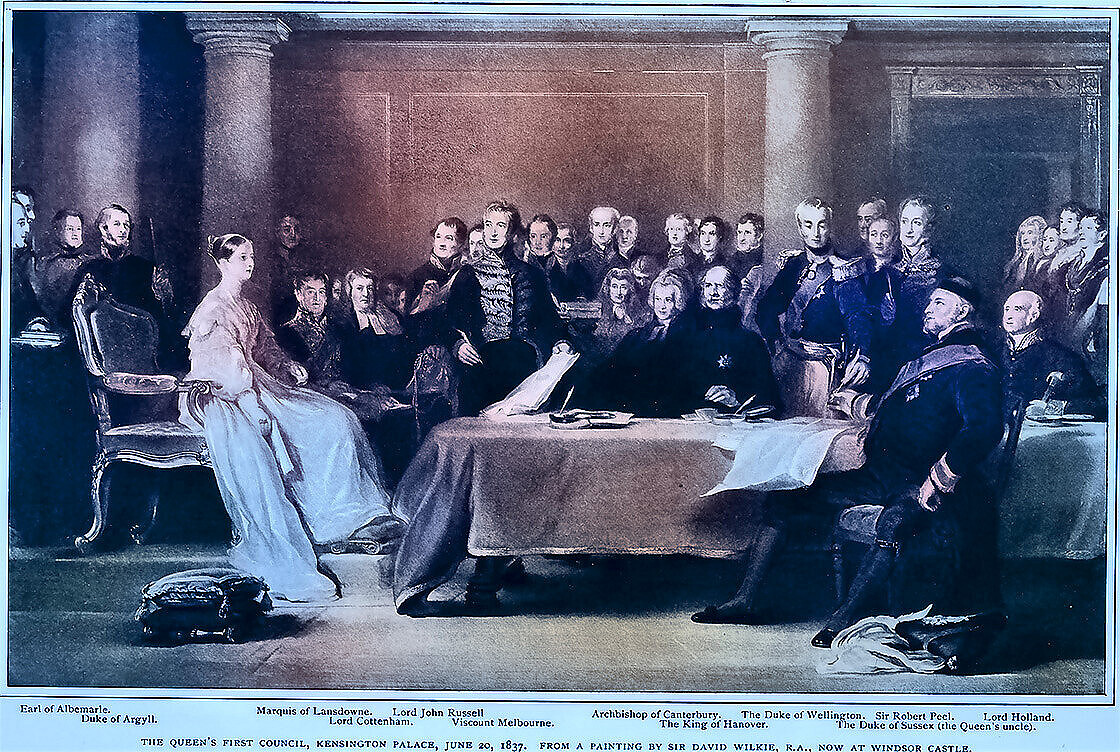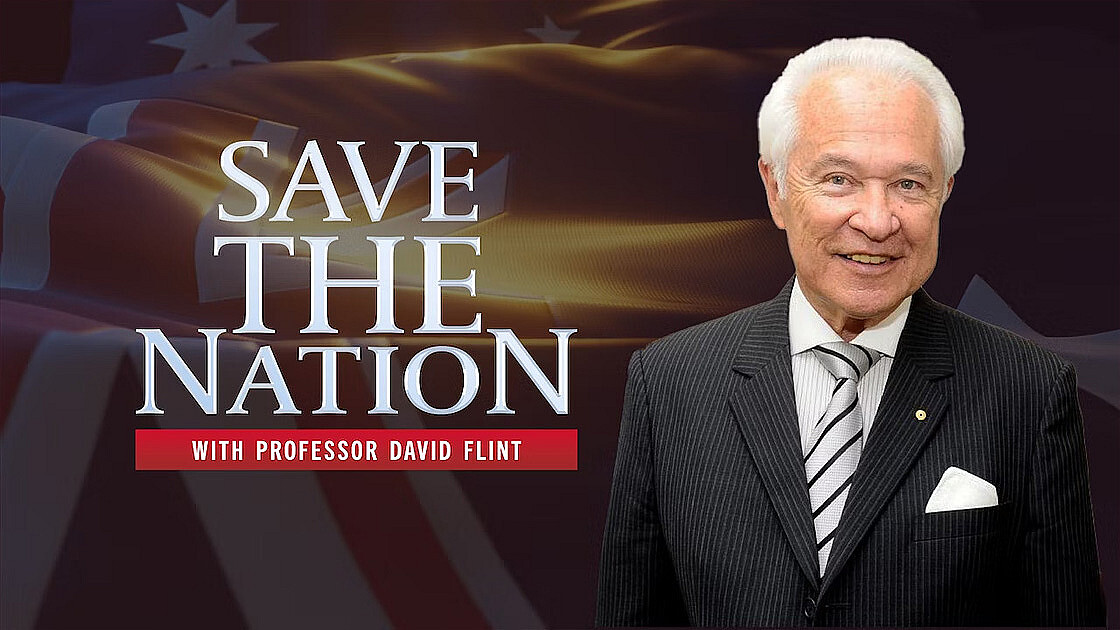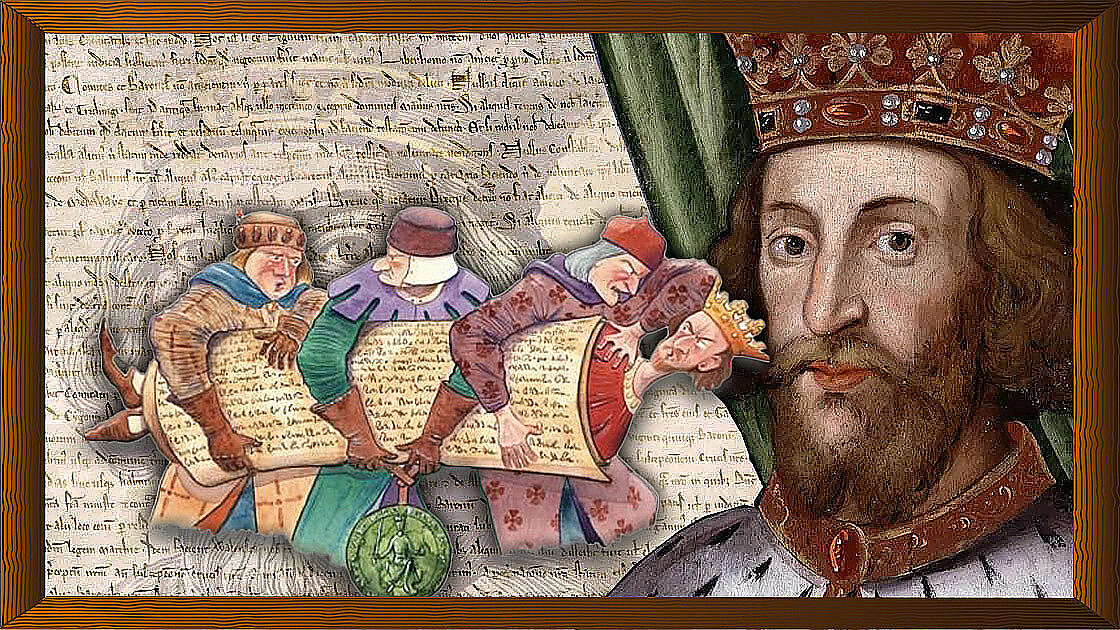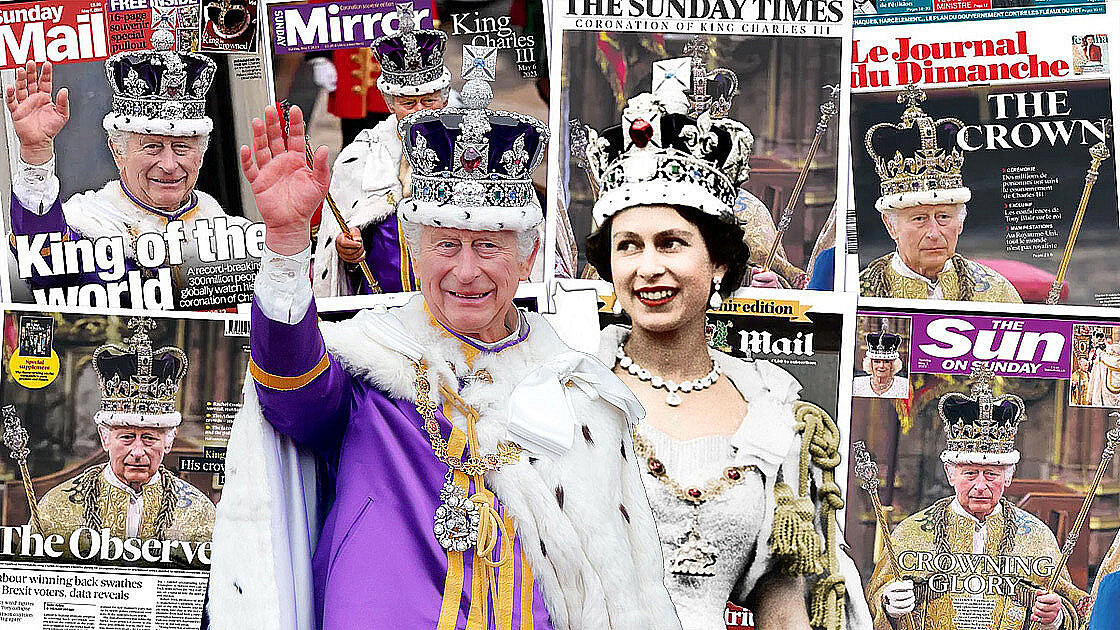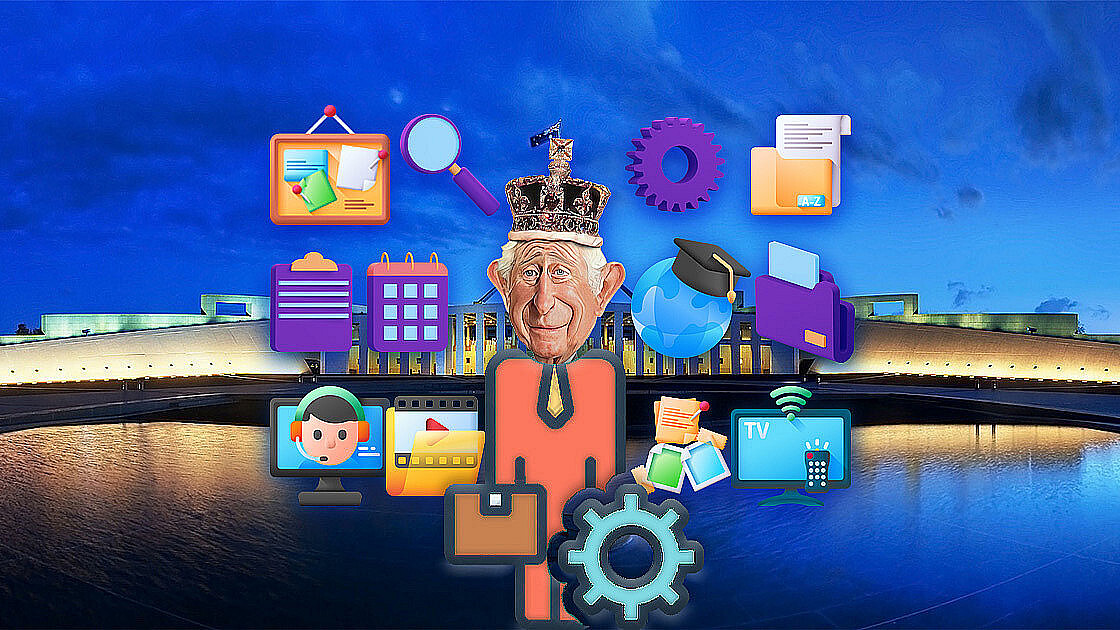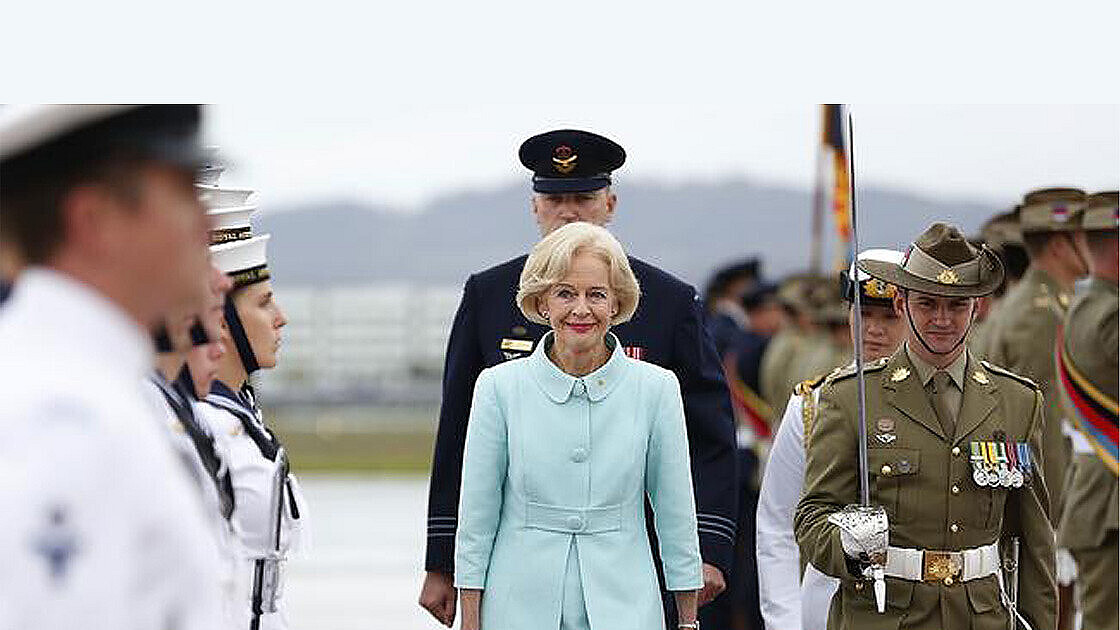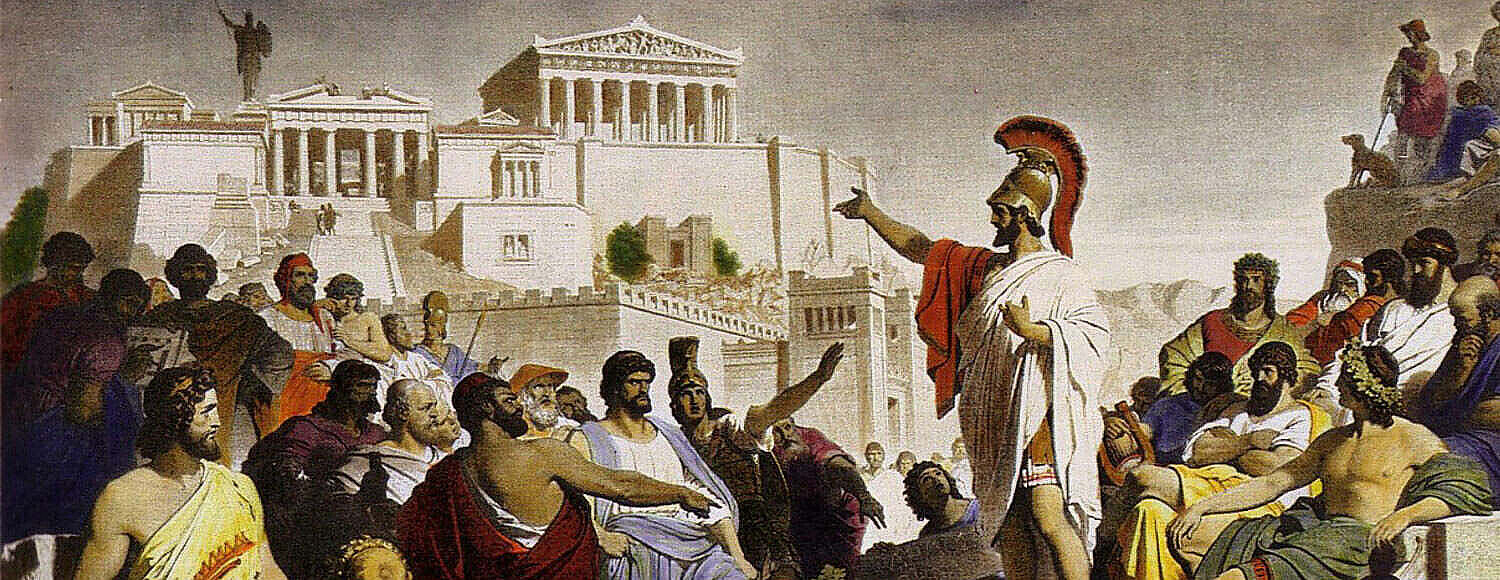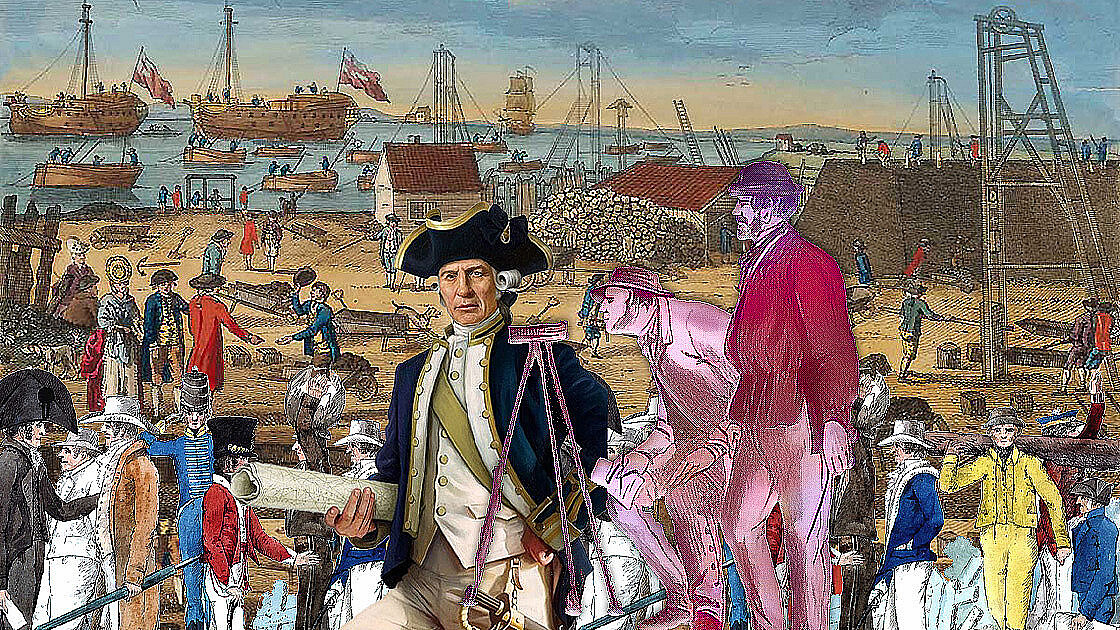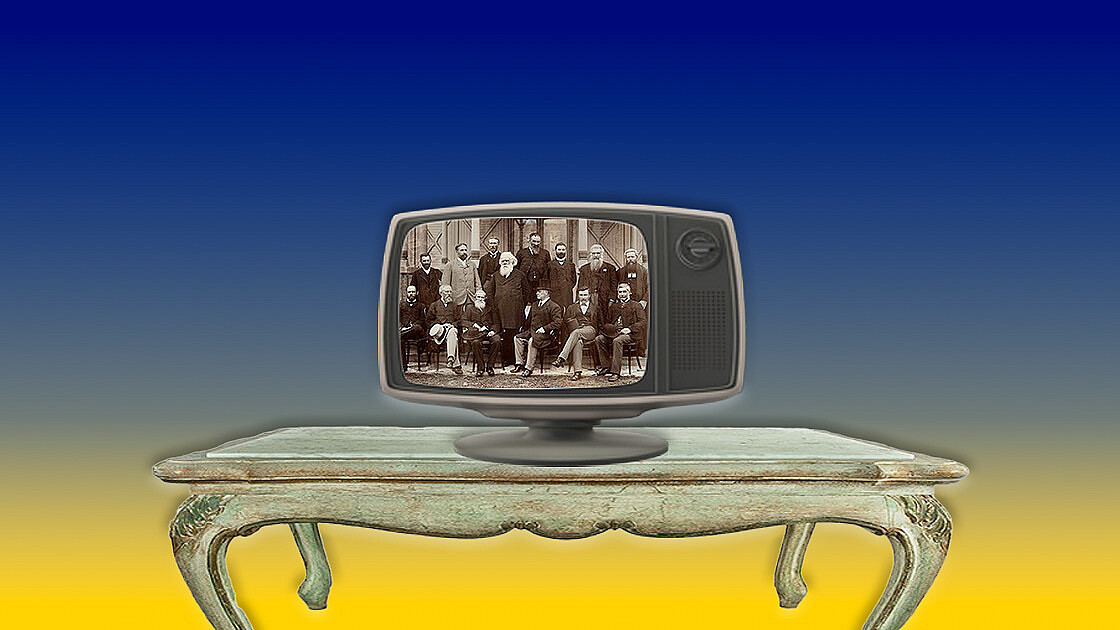The Australian Flag
If a republic is about symbols, what of our chief national symbol, the Australian National Flag?
The origins of Australia's National Flag go back to just before the Federation in 1900 when the Melbourne newspaper, the Evening Herald and then the Review of Reviews for Australasia sponsored national flag competitions. On 29 April 1901, the new commonwealth government announced its competition for the design of a national flag.
It then was agreed to combine the Review of Reviews competition with the commonwealth government's, with a total prize of two hundred pounds, a substantial sum in those days. Designs submitted to the Herald's competition were also considered. The judges were to have been the six premiers, but they were replaced by seven men with appropriate qualifications. By the closing date, 32,823 entries had been received. The prize was divided between five contestants who submitted similar designs. Two were teenagers. One, Ivor Evans, was only 14.
The government accepted the judges' advice. The Commonwealth Government Gazette of 20 February 1903 noted that the King had approved the Flag of the Commonwealth of Australia, a blue ensign, as the Blue Ensign of the Commonwealth, and a red ensign as the merchant flag.
"1903, Australian Flag Adopted."
It is often claimed by those who want to impose some new flag on Australians that one condition of the competition was that all designs be "based on the British Ensign" and thus incorporate the British union flag, the "Union Jack". Mr E.J. Eggins, the Honorary Secretary of the Australian National Flag Association a voluntary community service organisation, has laboured long to inform Australians about the importance and significance of Australians' chief national symbol. (Much of the historical information in this chapter comes from the Association.) He has exposed this claim to be baseless. (Sydney Morning Herald. 3 February 1999) The conditions were set out in the Commonwealth Government Gazette 29 April 1901. There were in fact no conditions limiting the design.
In 1908, the government announced a minor change to the flag. A seven-pointed star, symbolic of the six states and territories, would replace the original large six-pointed star. (Commonwealth Government Gazette, 19 December 1908) The Southern Cross of course, relates to our geographic location, and the crosses on the Union flag represent the principles on which our nation is based parliamentary democracy, the rule of law and freedom of speech. In 1957, King George VI approved a recommendation that the Commonwealth blue ensign be adopted as the Australian Flag. By the Flag Act 1953, which had the strong support of both sides of the parliament, the commonwealth blue ensign was declared to be the Australian National Flag, and the red ensign the Australian Red Ensign.
"New Flag Campaigns"
In more recent years, the organisation Ausflag has campaigned vigorously for a new flag, or rather to get rid of the Australian National Flag. This movement was given considerable exposure when Paul Keating was prime minister in the years 1993-96.
Ausflag ran a national flag design competition in 1997-98. Among its sponsors were two multinational corporations, one Japanese and one American. This reliance on foreign support attracted considerable criticism. But as with the republic, getting rid of our existing symbols and institutions is seen as more important than any resulting division in the community. One hundred flags, described as the finalists, were featured in colour on a full page of the Sydney Morning Herald on 26 January 1998.
That this was Australia Day, and would be seen as highly provocative, apparently disturbed neither the organisers nor the editor. Readers were invited to vote by telephone. And in the bottom right-hand corner was the present Australian National Flag. An editorial the next day talked of the inevitability of change. It said Ausflag had "compelling evidence" that Prime Minister Menzies had changed the Australian Flag in 1953 from red to blue because red had con¬notations of communism! “The Leader of the Opposition, and Leader of the Australian Labor Party, Dr HV Evatt, told the House of Representatives in 1953 that our flag is not only “a very beautiful flag.” He continued: “It is probably the most beautiful flag in the world.”
The president of the Australian National Flag Association, John Vaughan, replied that while the editor might believe Ausflag's evidence to be compelling but ... in fact, approval of the blue Australian flag and the Australian Red Ensign as our mer¬chant flag was officially proclaimed in the Commonwealth Government Gazette of 20 February 1903. "It is noted with regret that the Herald has become an active promoter of the anti-Australian flag agenda of Ausflag Ltd." (Sydney Morning Herald, letters, 6 February 1998)
Notwithstanding this evidence, it is sometimes claimed by prominent Republicans that the first time Australians served under the blue ensign was in Vietnam. The result of the competition must have been disappointing for Ausflag. The Australian National Flag received 8253 votes, for the second choice only 1581.
In the following year, 1999, the Sydney Morning Herald pub¬licised another competition featuring three flags and the Australian National Flag. One of the three was the separate winner of what was described as the Ausflag "People's Choice" competition. And still, the Australian National Flag won the poll. In the meantime, various emblems were being changed or removed throughout the country, a form of republicanism by stealth. Because it was feared a subsequent government might change the flag without consulting the people, some argued that the flag should be entrenched in the constitution. When Ausflag said this could not or should not be done, as a matter of principle, a letter from the author was published in the Sydney Morning Herald pointing out the tri-colour was, in fact, entrenched in the French constitution. In any event, a new government led by John Howard introduced a bill to amend the Flag Act. This became law in 1998. It provides that the Australian National Flag can only be changed after a majority of electors, voting at a plebiscite in which the Australian National Flag is included, choose a new flag.
Although the act could presumably by repeated or even challenged, only a foolhardy government would try to change the Australian National Flag without the consent of the people. The ARM argues that the 1999 referendum on the republic has nothing to do with changing the flag. But as former governor-general Bill Hayden argues, if the Keating–Turnbull republic is adopted, the same "small group of activists" will then target the flag. Paul Keating chose not to fly the Australian flag on his car when he was prime minister. And Kim Beazley indicated the Keating government was working towards changing the flag around 2001 for the Centenary of Federation. (Daily Telegraph Mirror, 6 June 1994) notwithstanding ARM's protestations that the referendum has nothing to do with changing the flag, it seems to be ready to lend support for change. Perhaps the most startling occasion was the exhibition "Flagging the Republic" at Sydney's Sherman Galleries Goodhope, in association with the New England Regional Art Museum. According to the catalogue, the exhibition was sup¬ported by the Australian Republican Movement. The following appeared in a large endorsement under its logo and name:
The Australian Republican Movement is dedicated to the achievement of a republic in Australia, with an Australian as our head of state, by 1 January 2001. In promoting images of Australia, the artists in this exhi¬bition are demonstrating a commitment to Australia. It is that commit¬ment we share in supporting this exhibition.
The program also states that the exhibition is "sponsored" by. among others, Turnbull & Partners Limited, Investment Bankers ARM leader Malcolm Turnbull's company. Ausflag's role is also acknowledged. The seven flags in the exhibition did not of course include the Australian National Flag. There is one with a cockatoo's head occupying half the flag and stripes on the remainder. Appropriate, perhaps, for a beach towel. Hardly one for the national symbol. But the most surprising was a flag with a white background, on which is printed in Urge letters - F*** OFF BACK TO FAGLAND". "Fagland" presumably is derived from the word "fag", a pejorative term from the United States for a homosexual. "Fagland" is apparently intended to mean the United Kingdom.
Had any organisation on the other side of this debate been involved in this, it would have been the object of a vast and continuing expose in the media- and complaints to the authorities. There would have been denunciations in parliament and in the press. Some very careful, discreet reporting ensured that the ARM and the sponsors were saved from embarrassment and outrage. The fact is that neither this "flag", nor any of the others has commanded any significant support as a replacement. It is apparent that, with some individual exceptions, the same broad coalition of elite interests who wish to impose the as-yet-unknown form of the republic also want to get rid of our national flag. It will be the next target. Obviously, success in this refer¬endum will give a platform to change the Australian National Flag, the symbol of Australia most Australians cherish.
